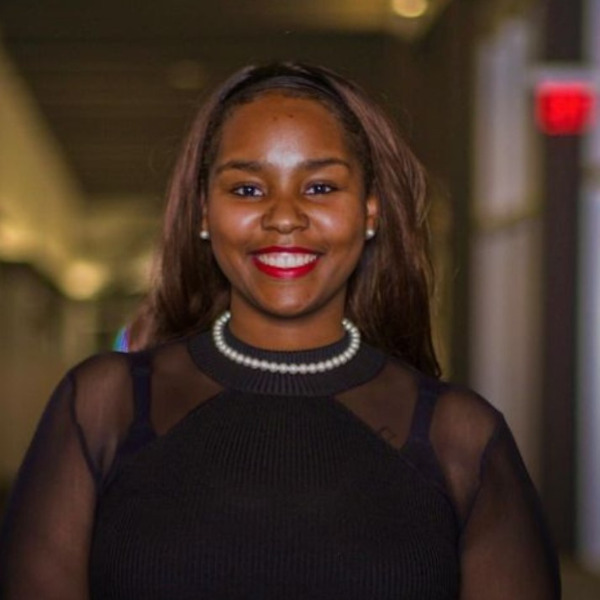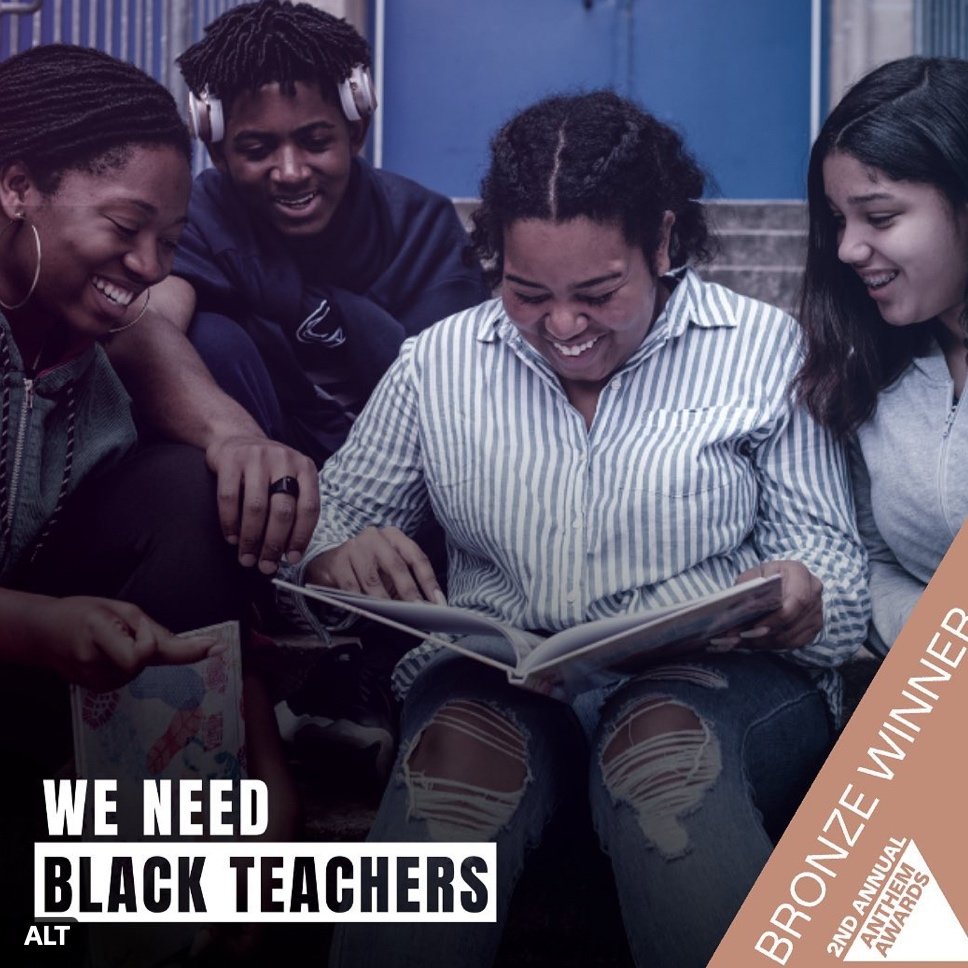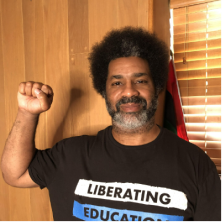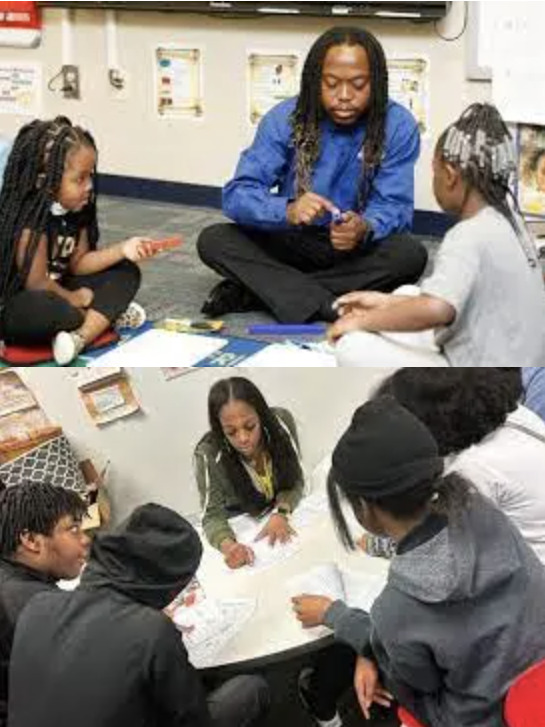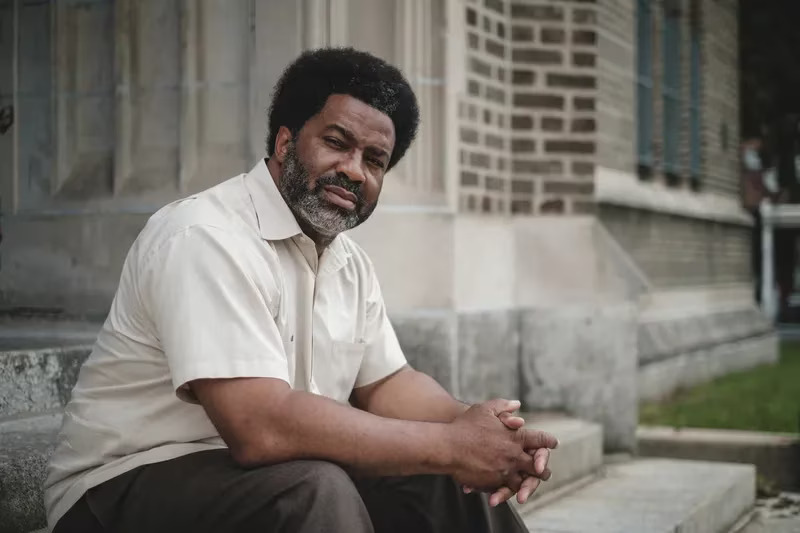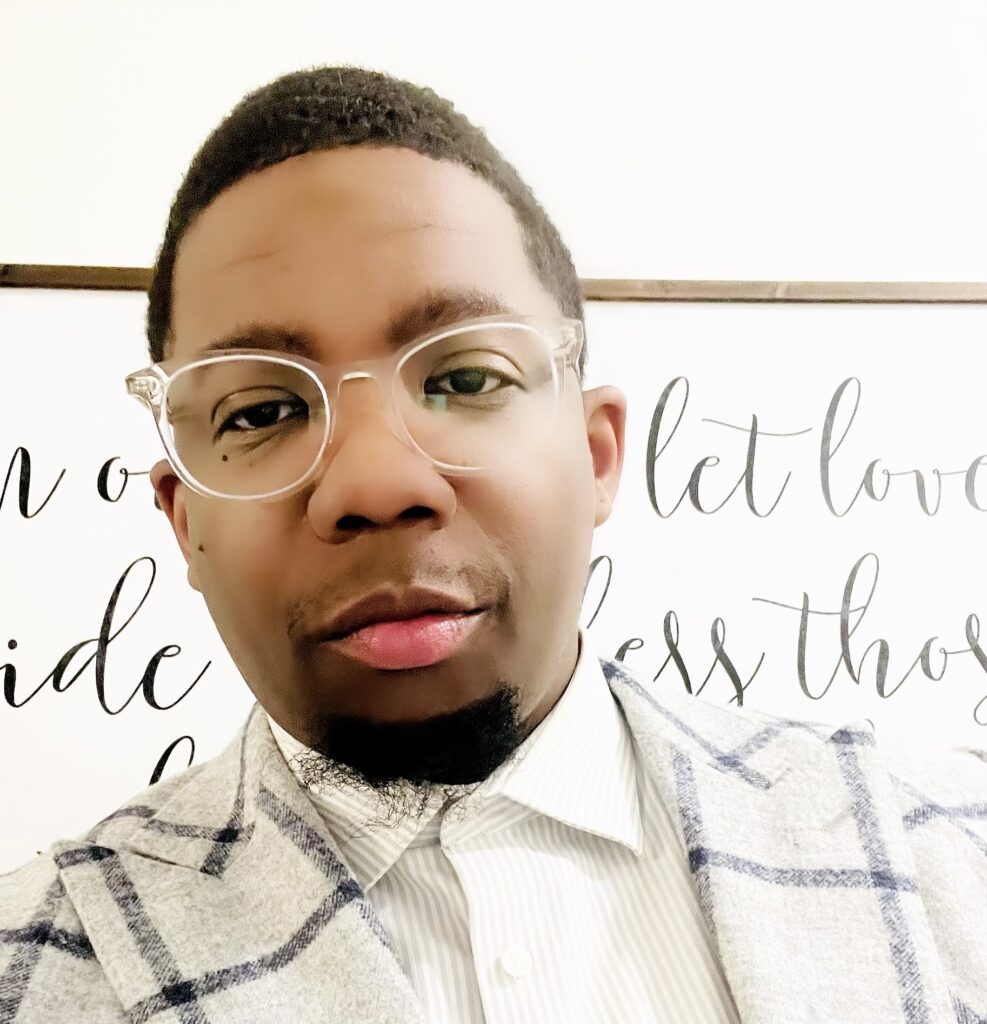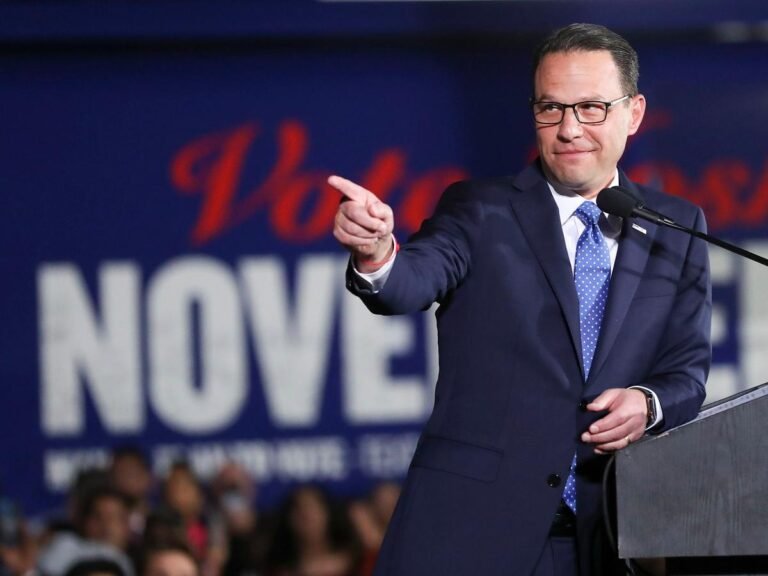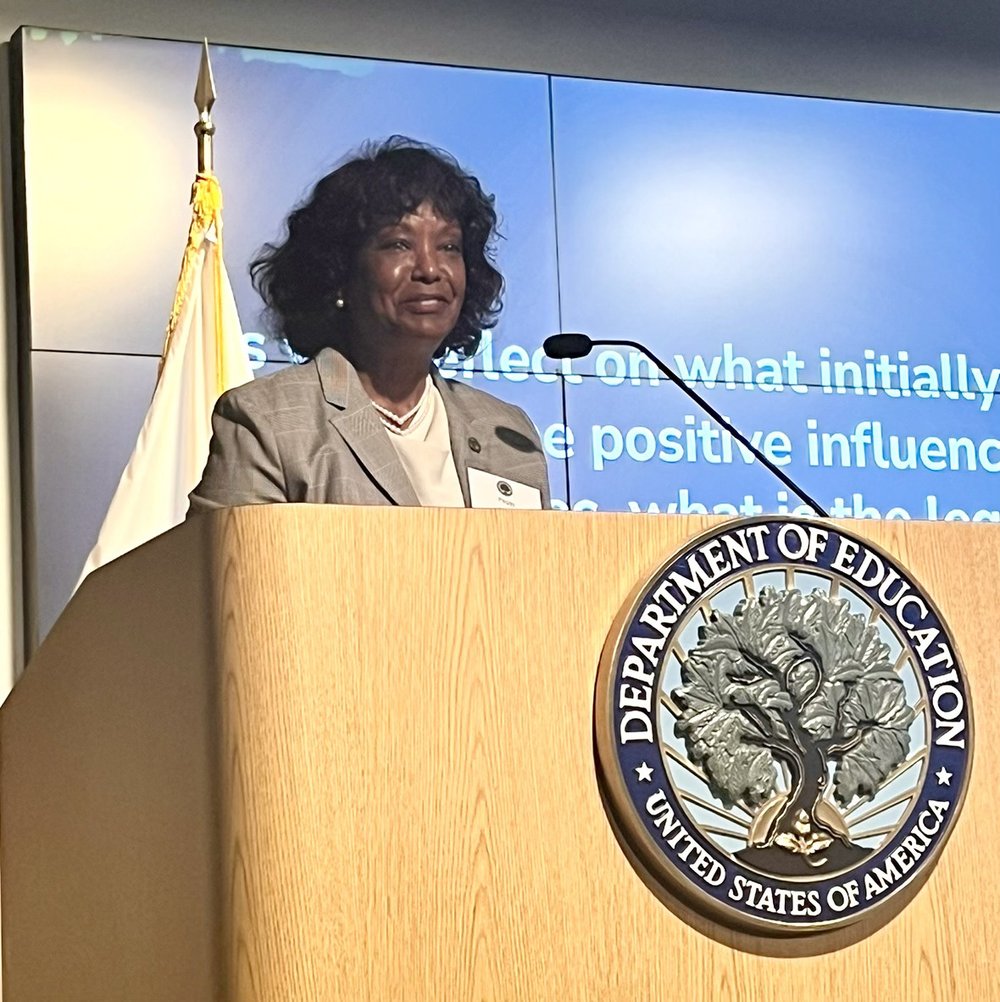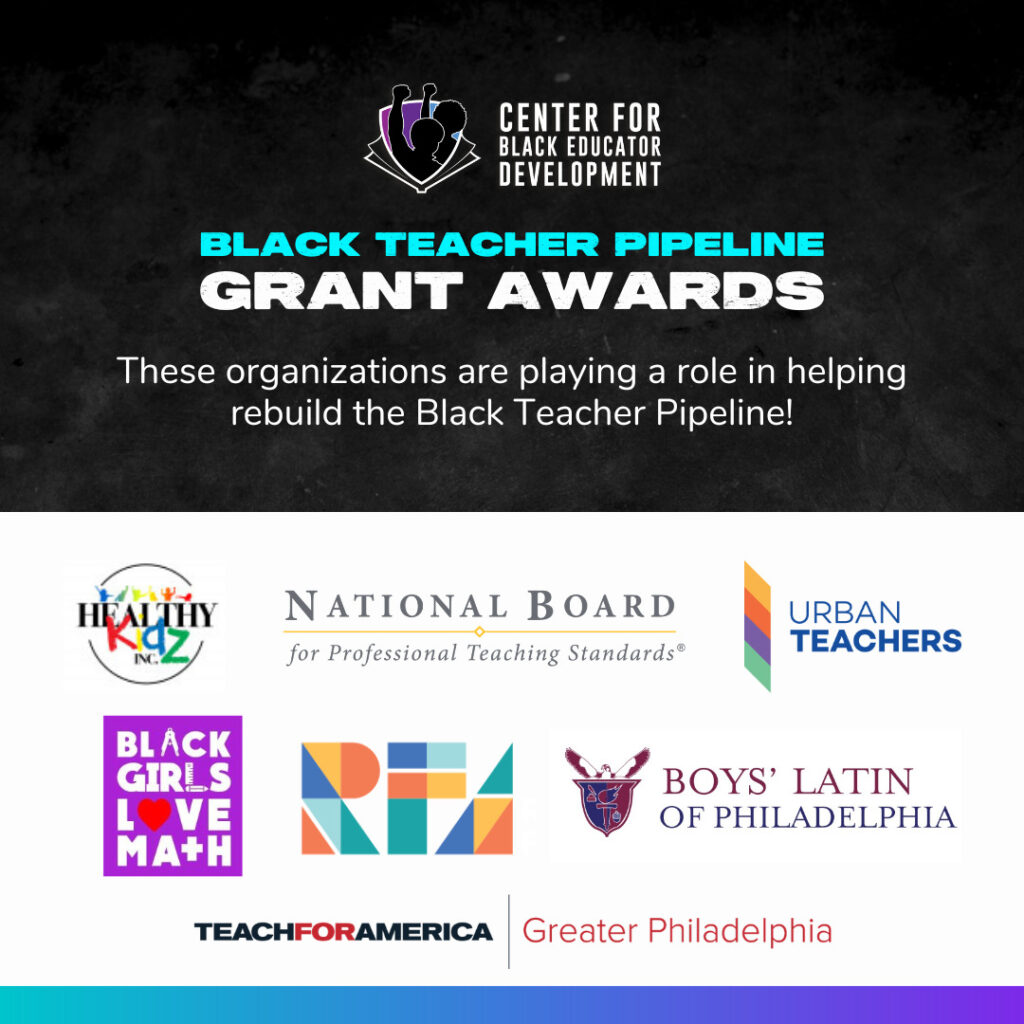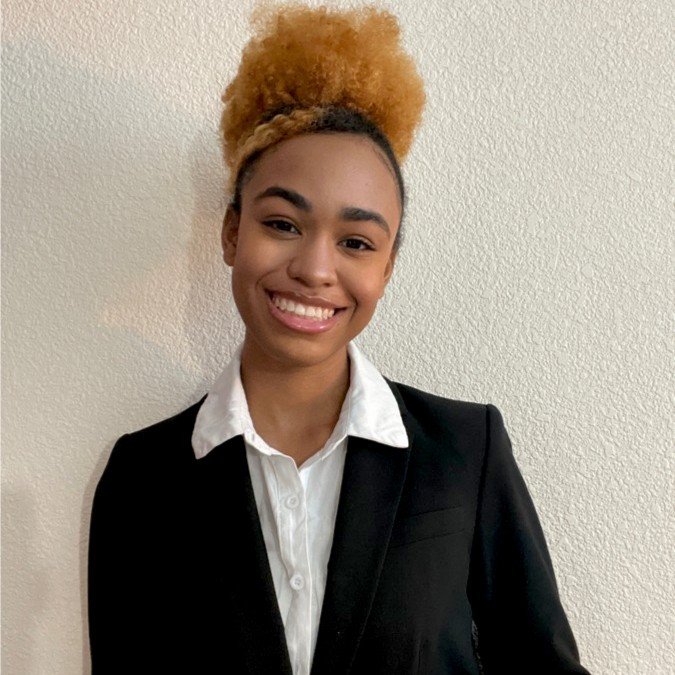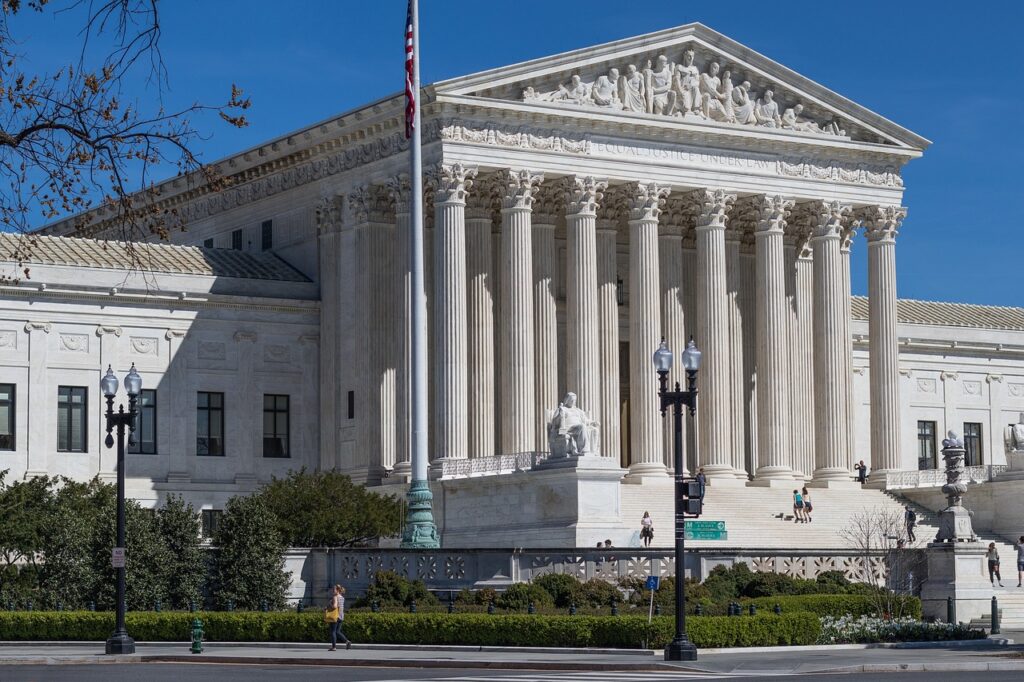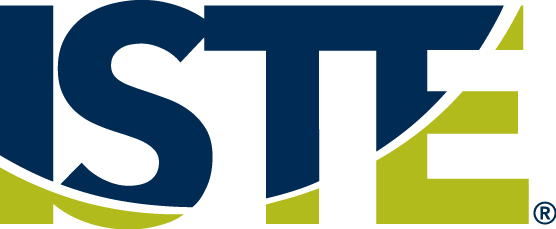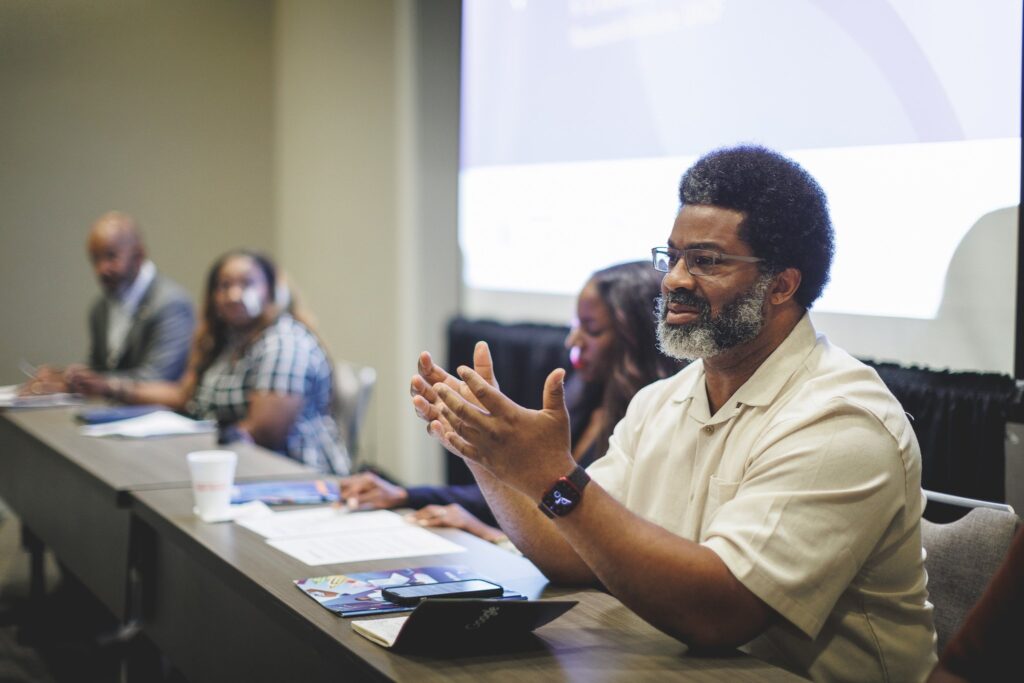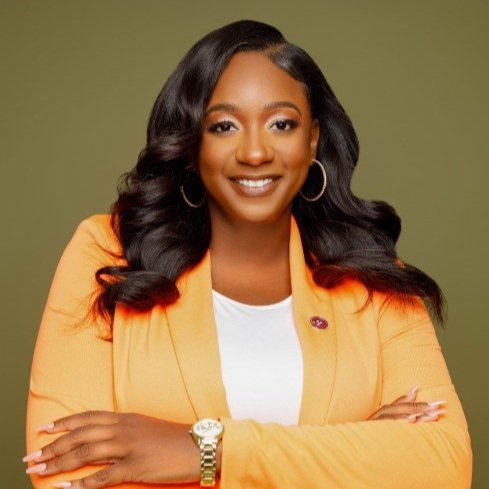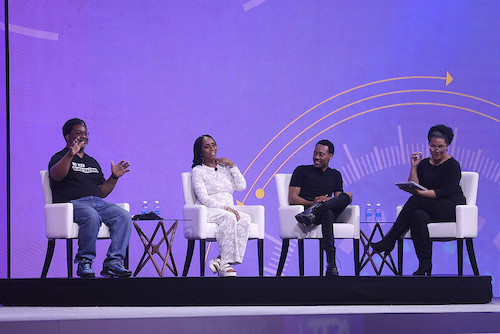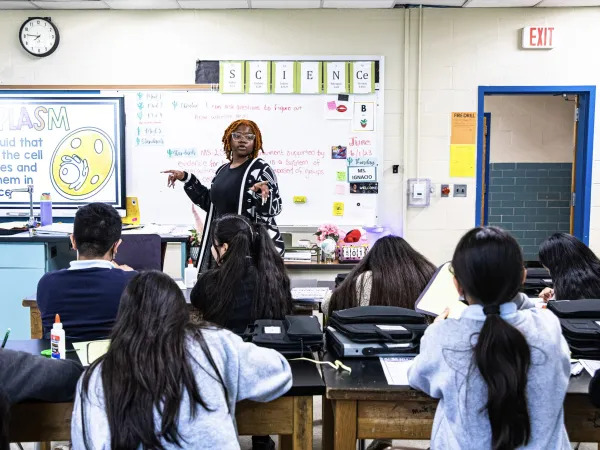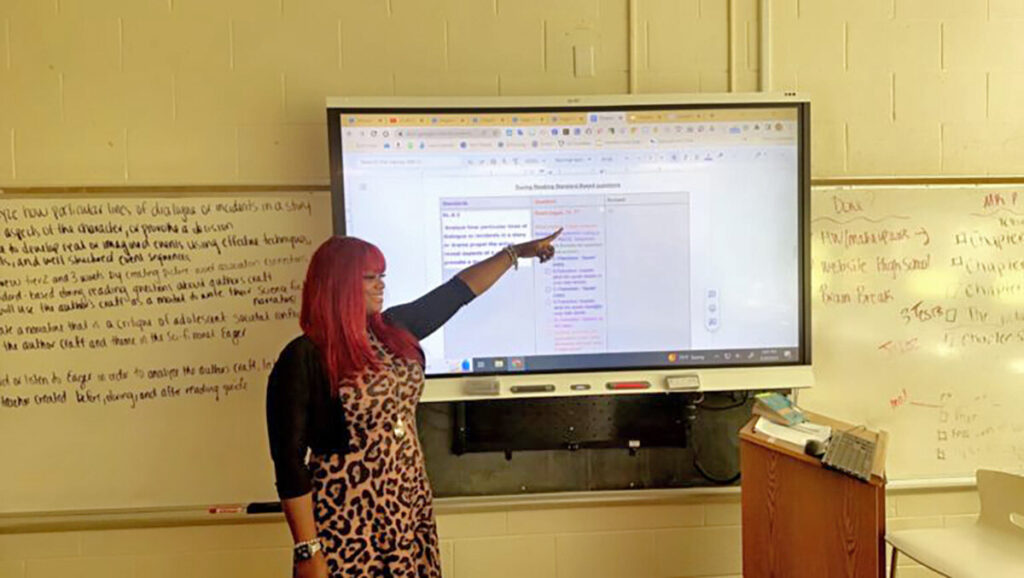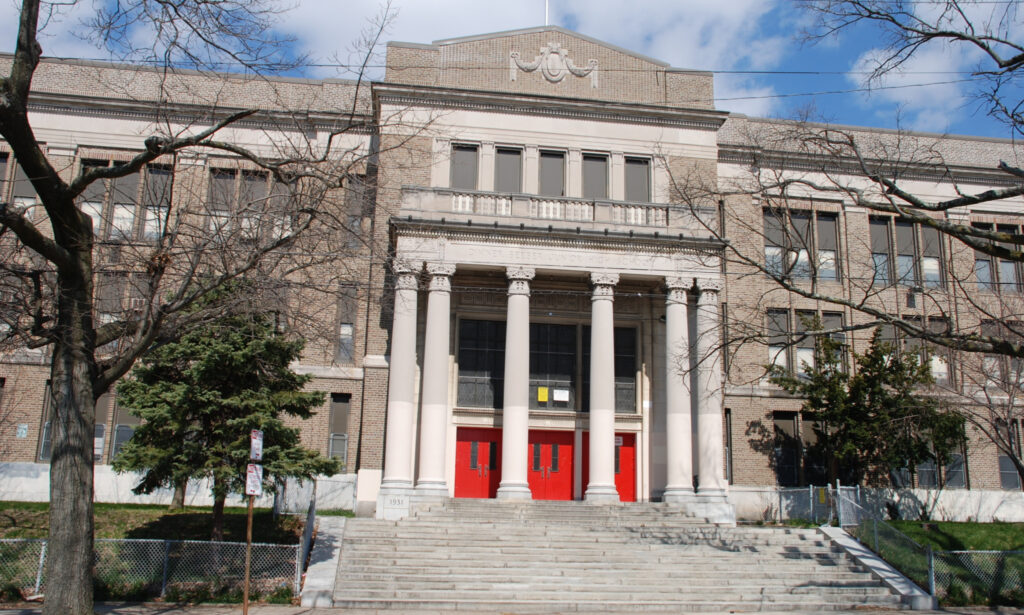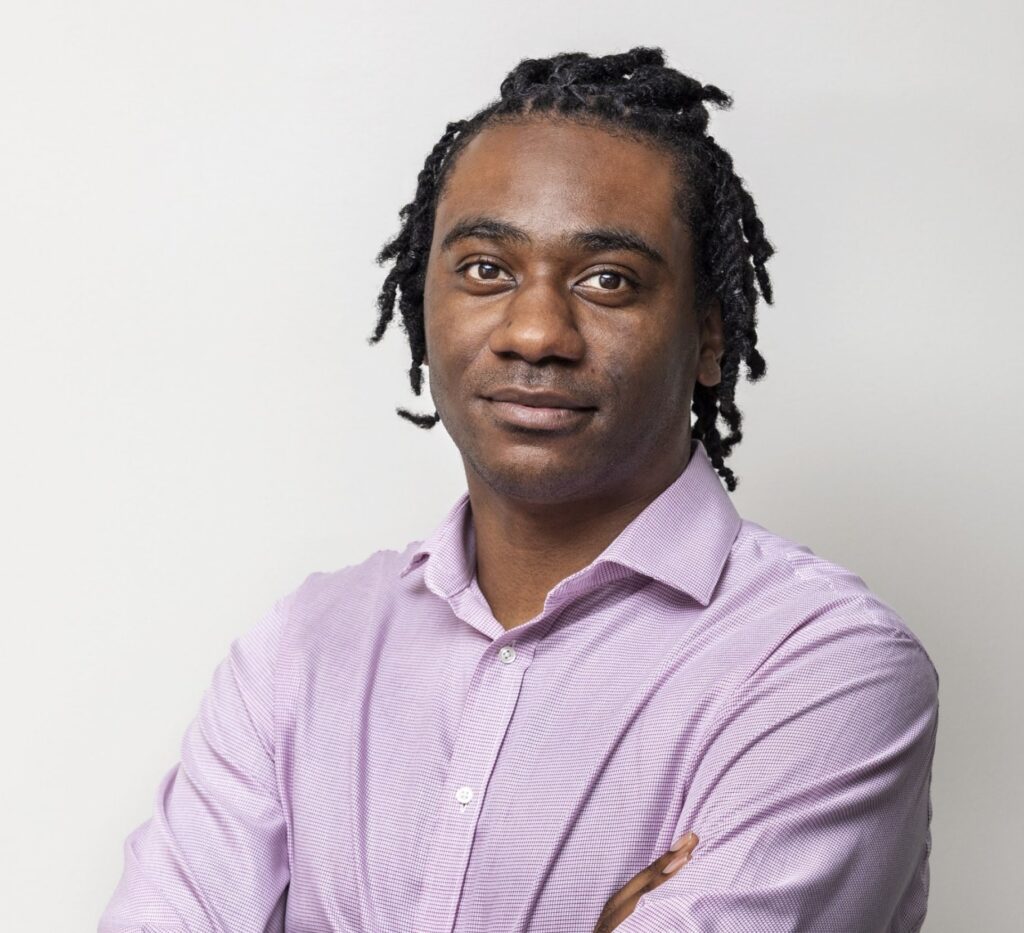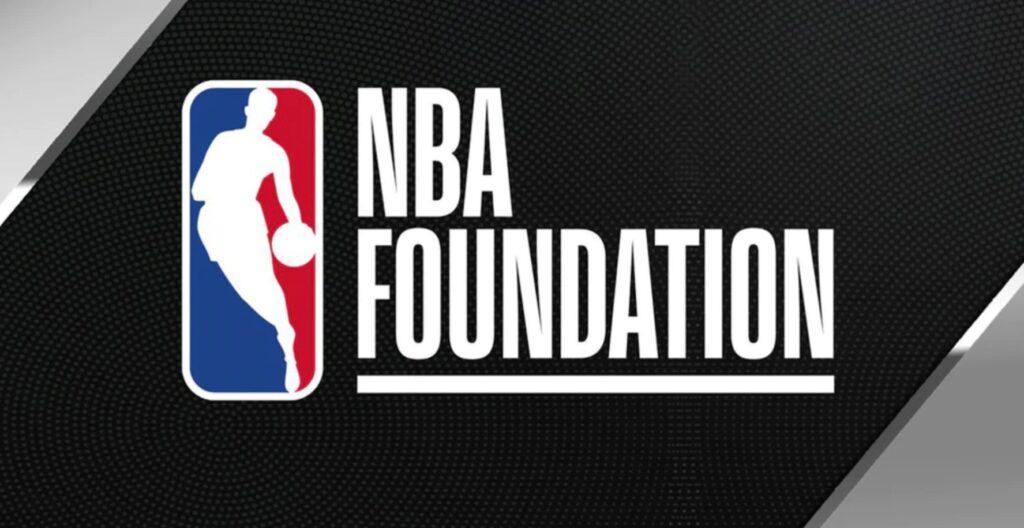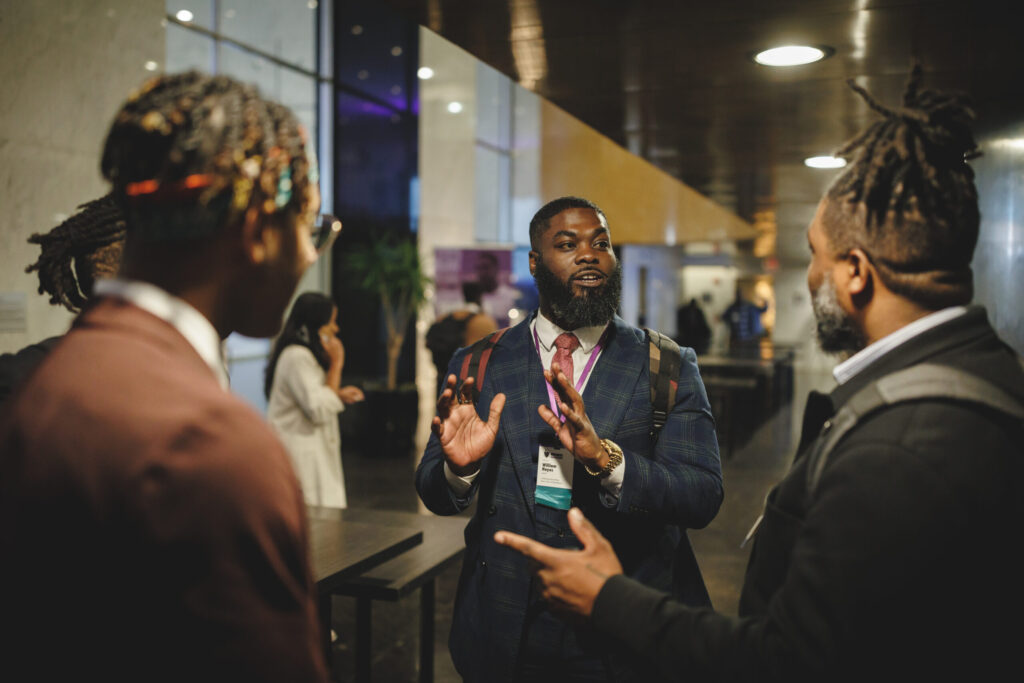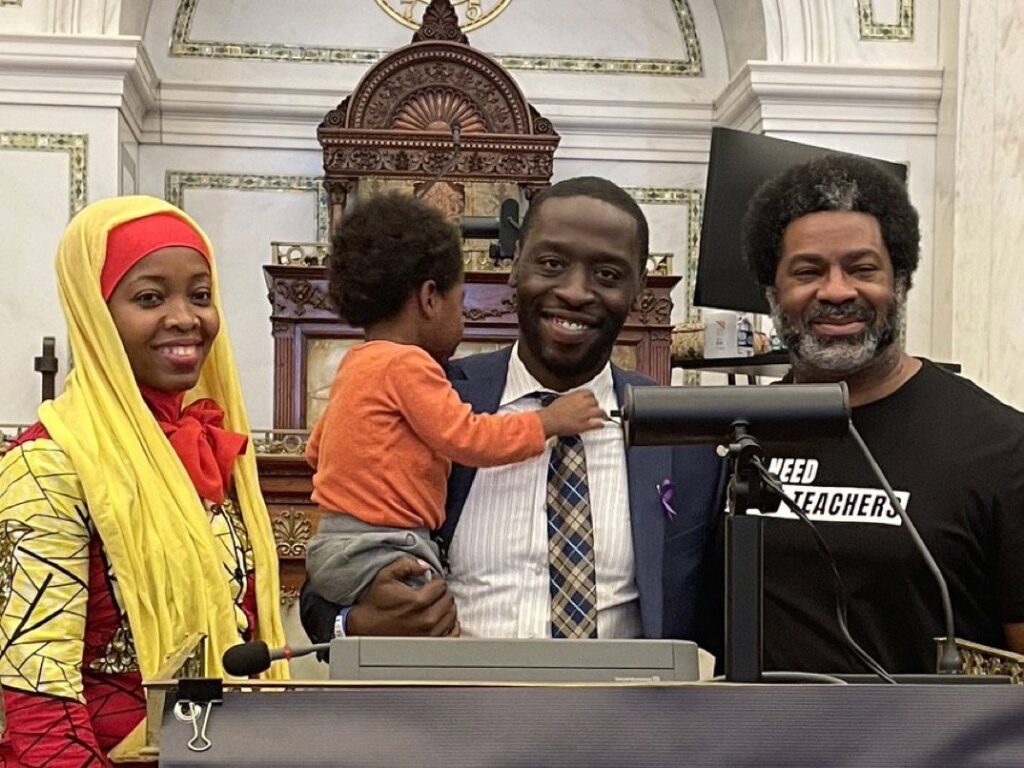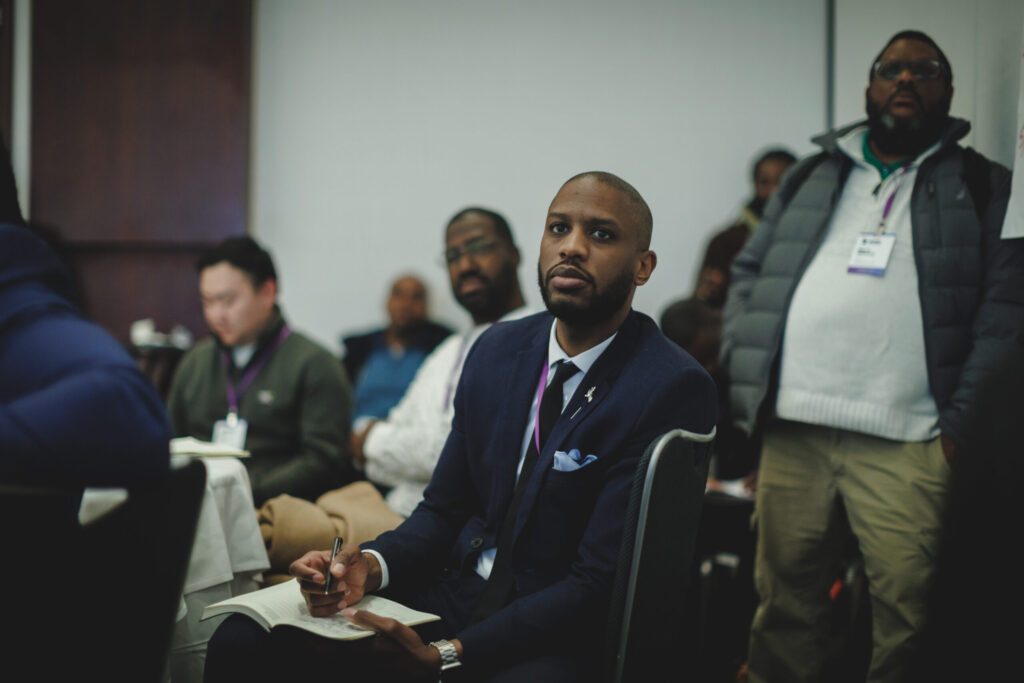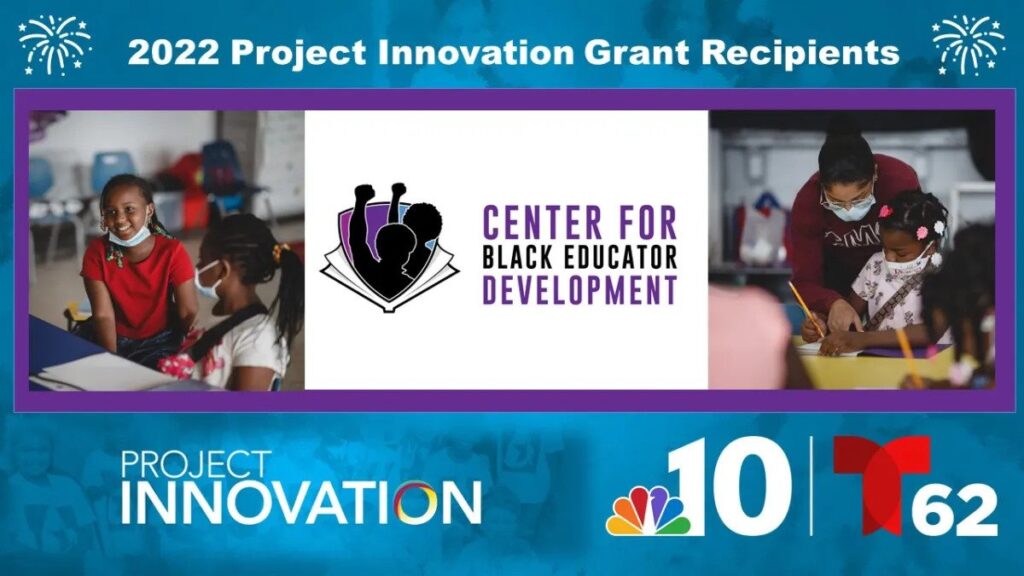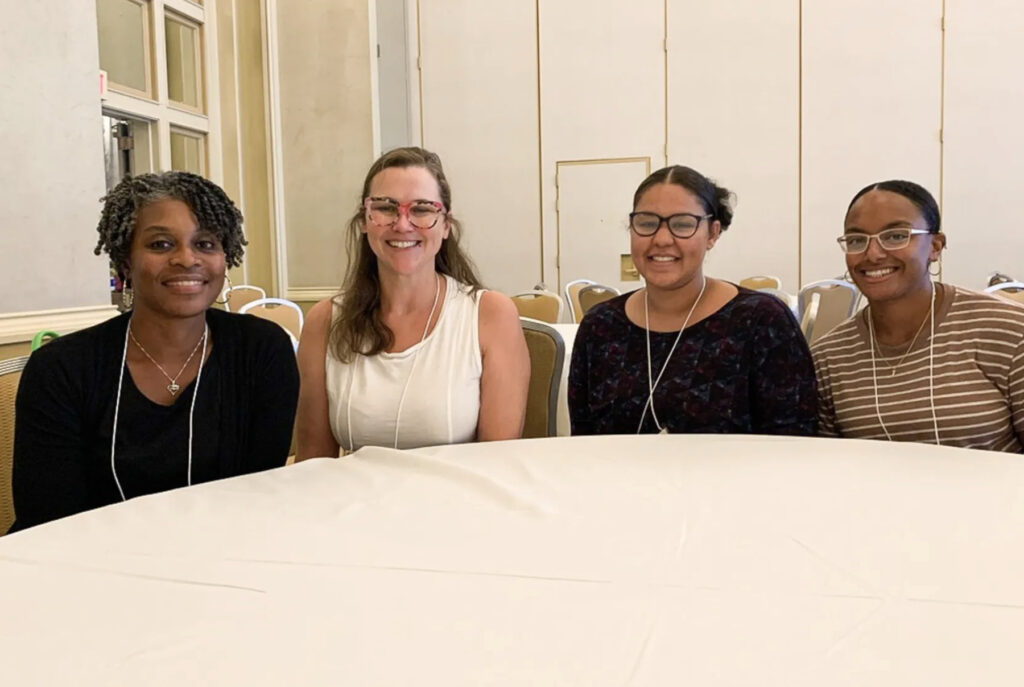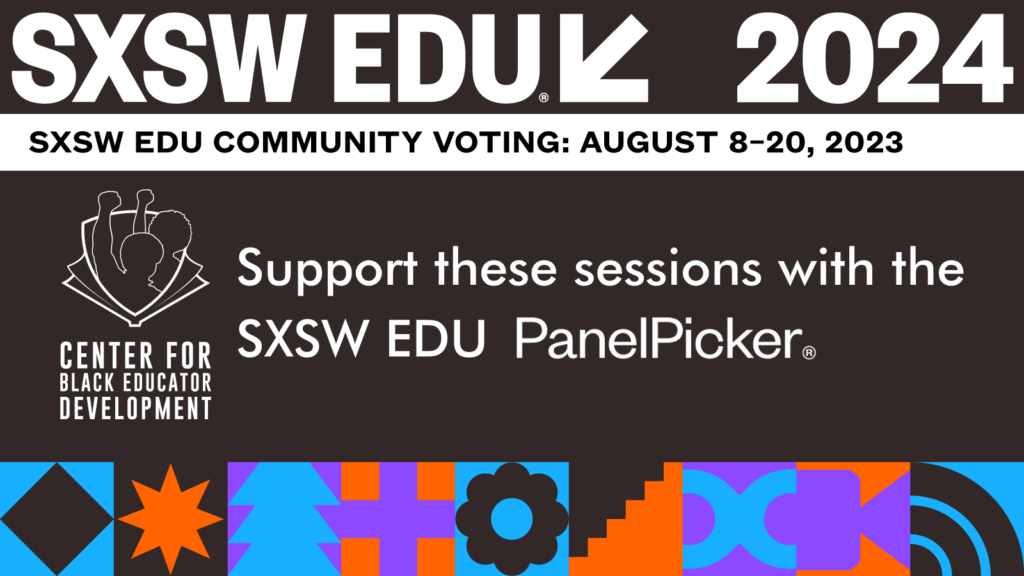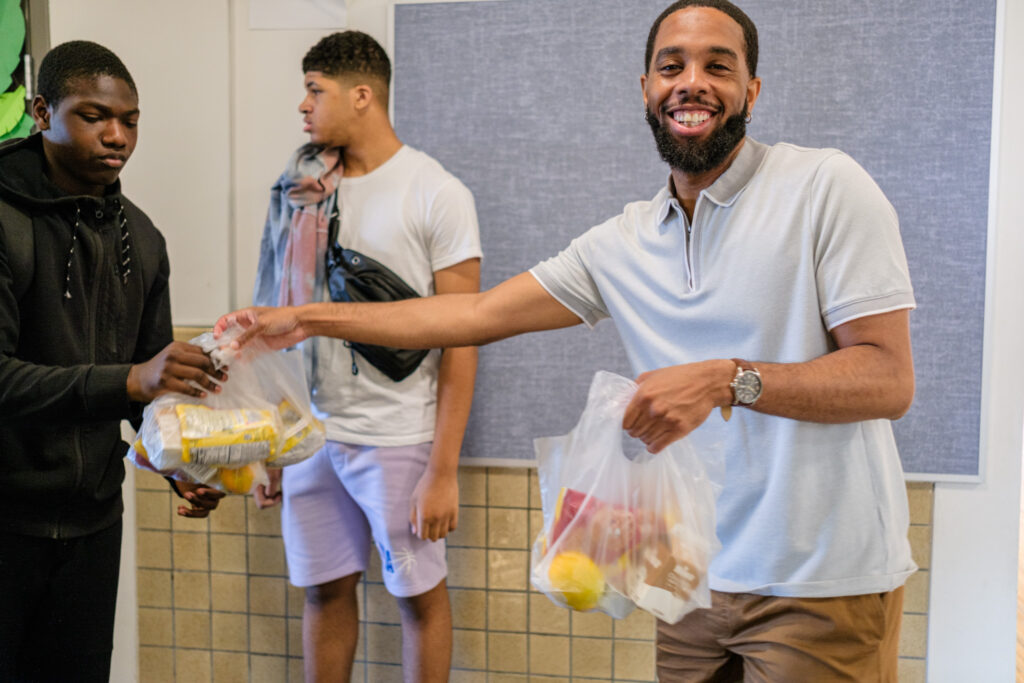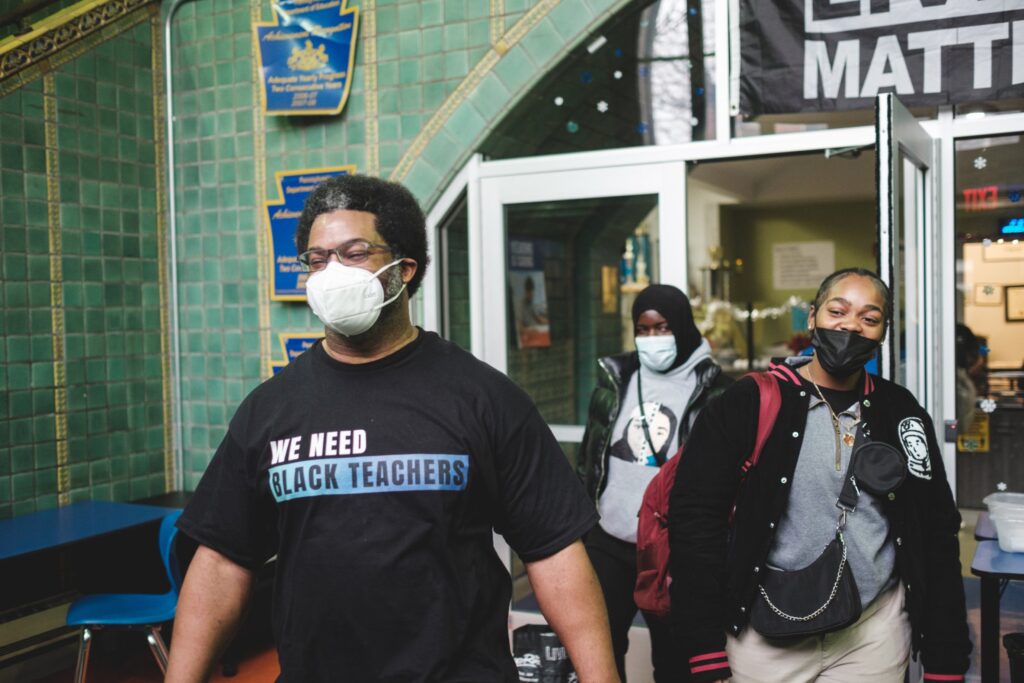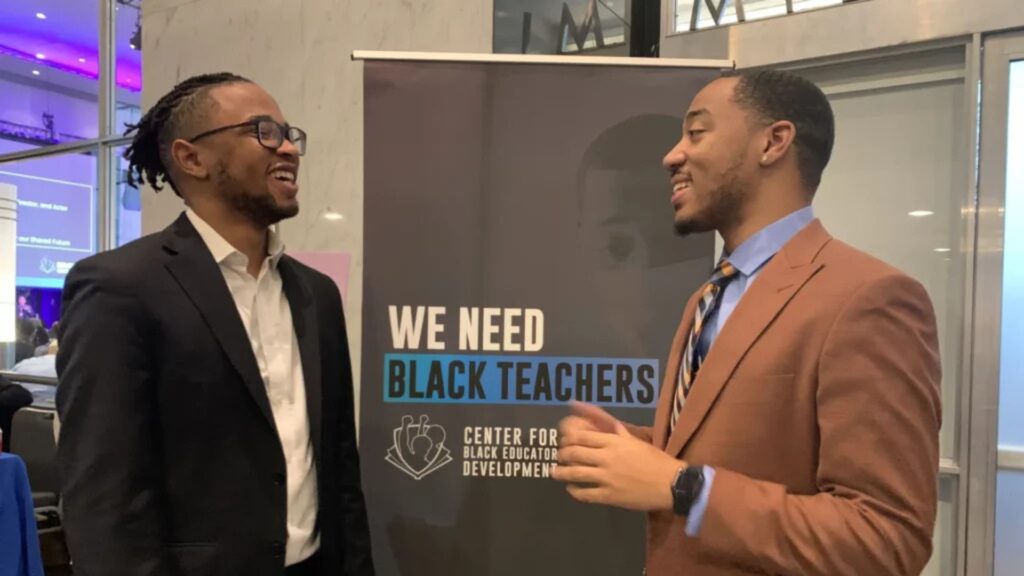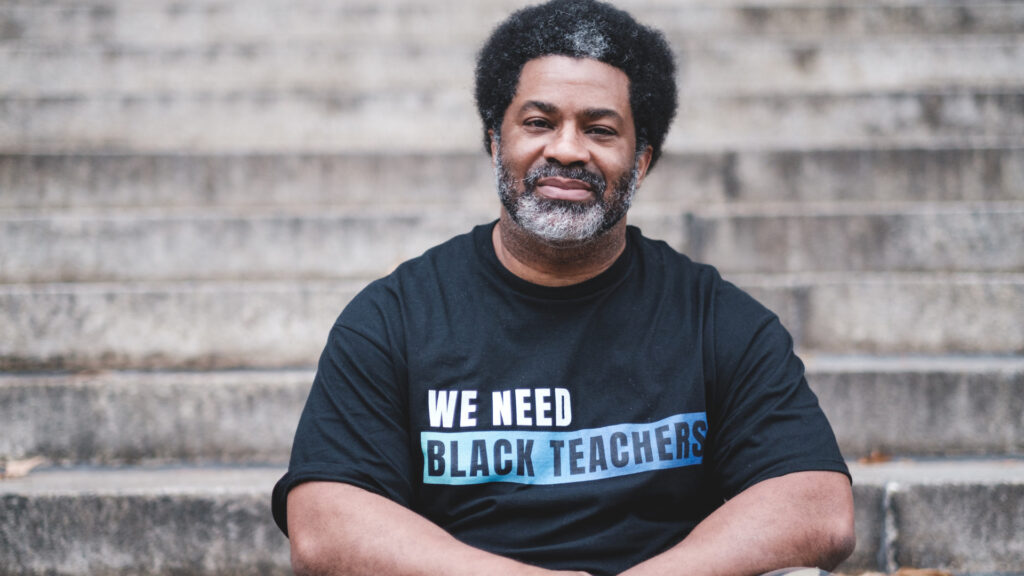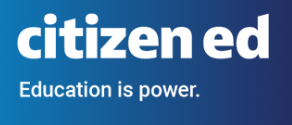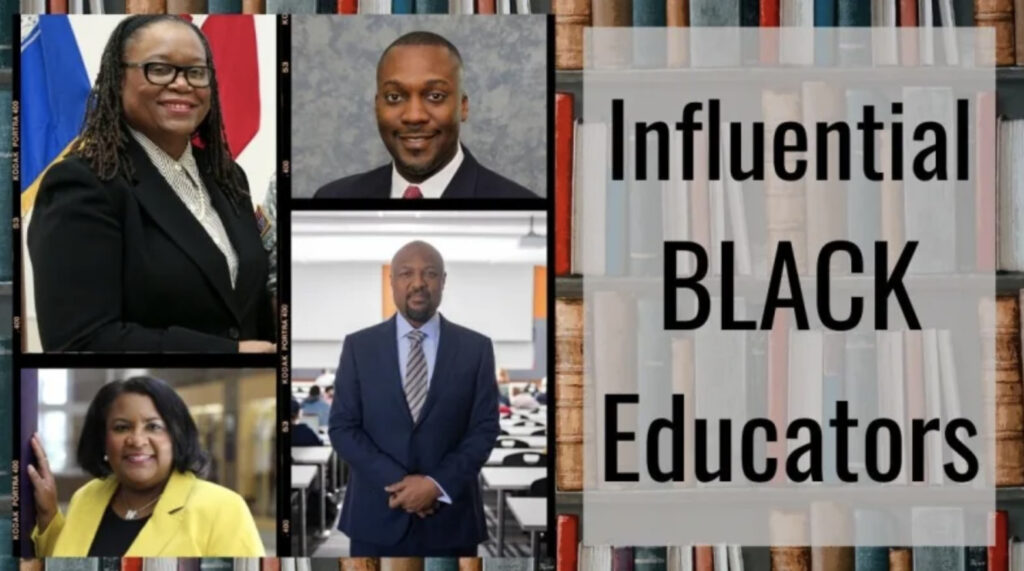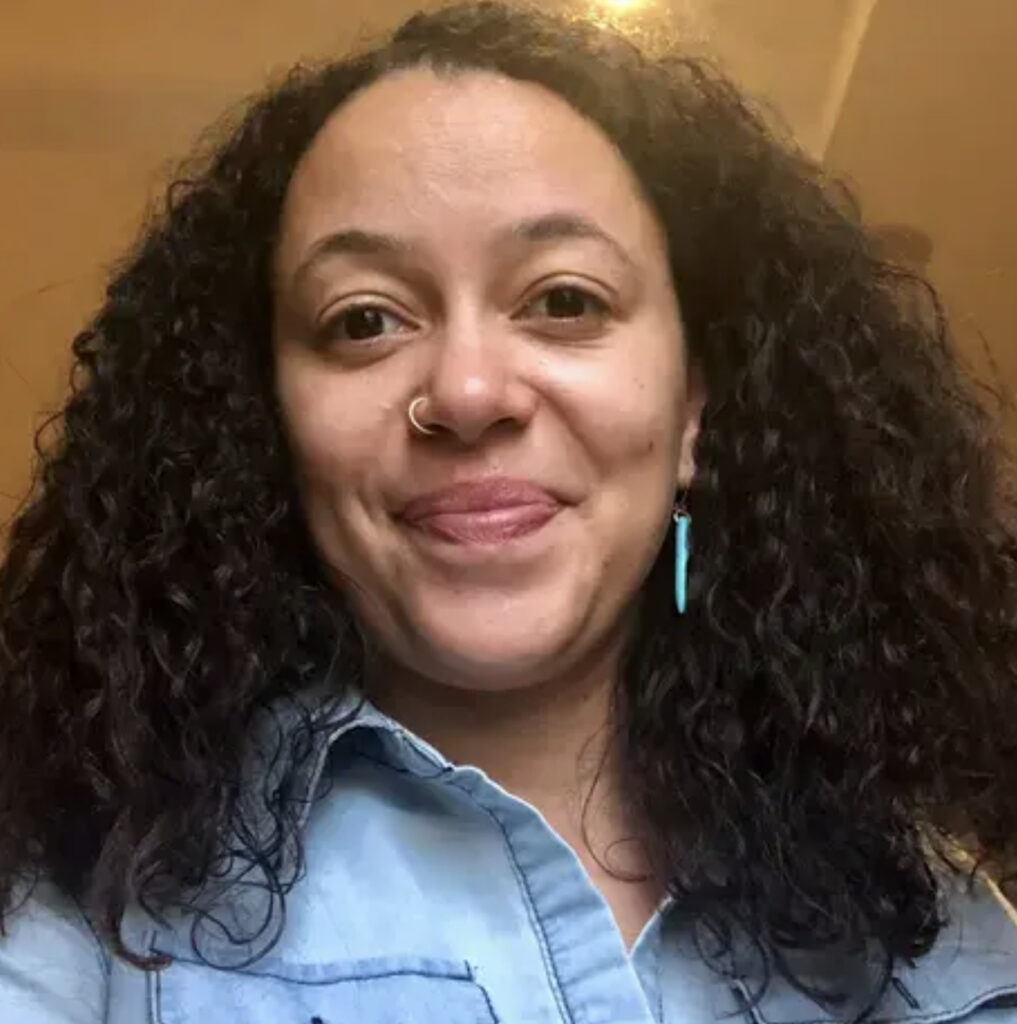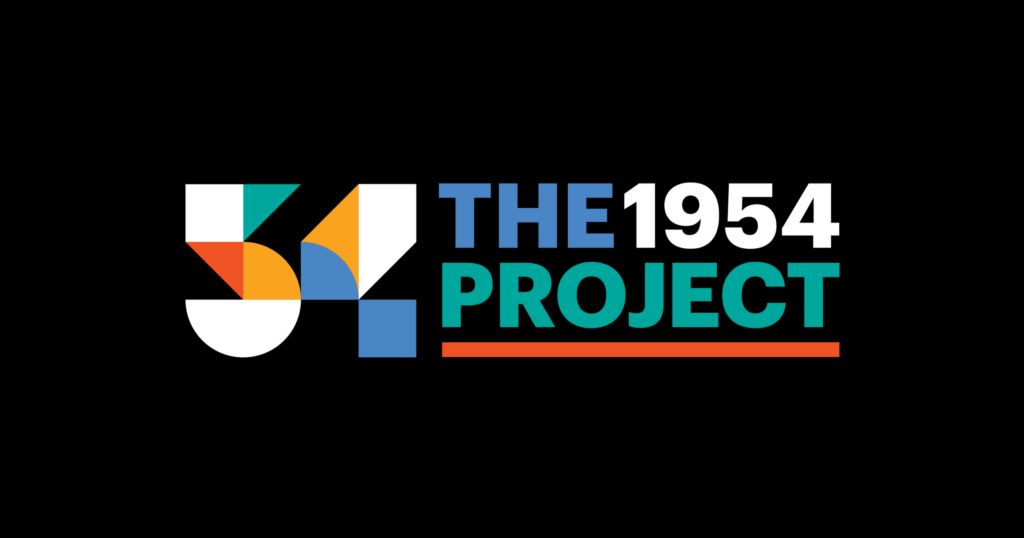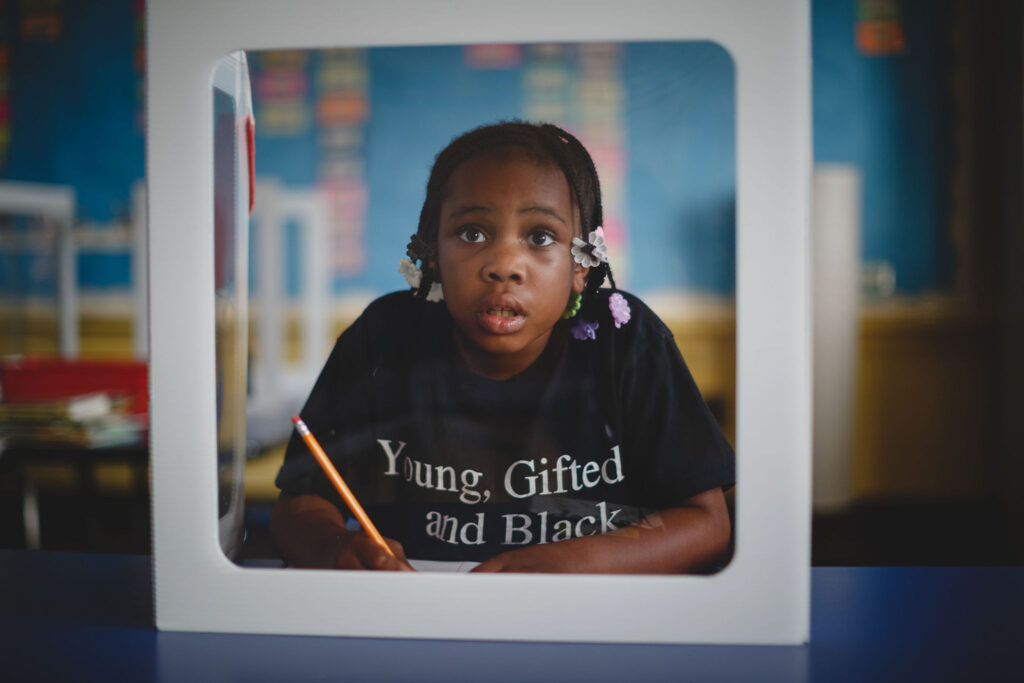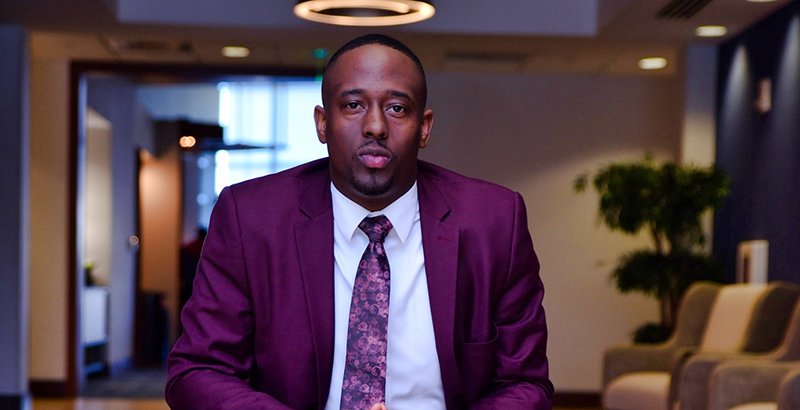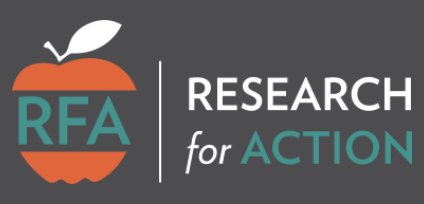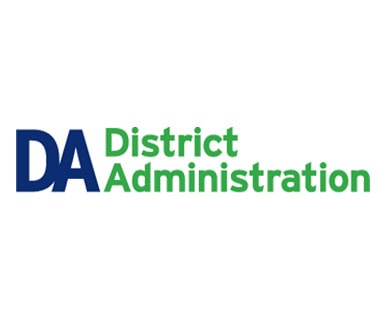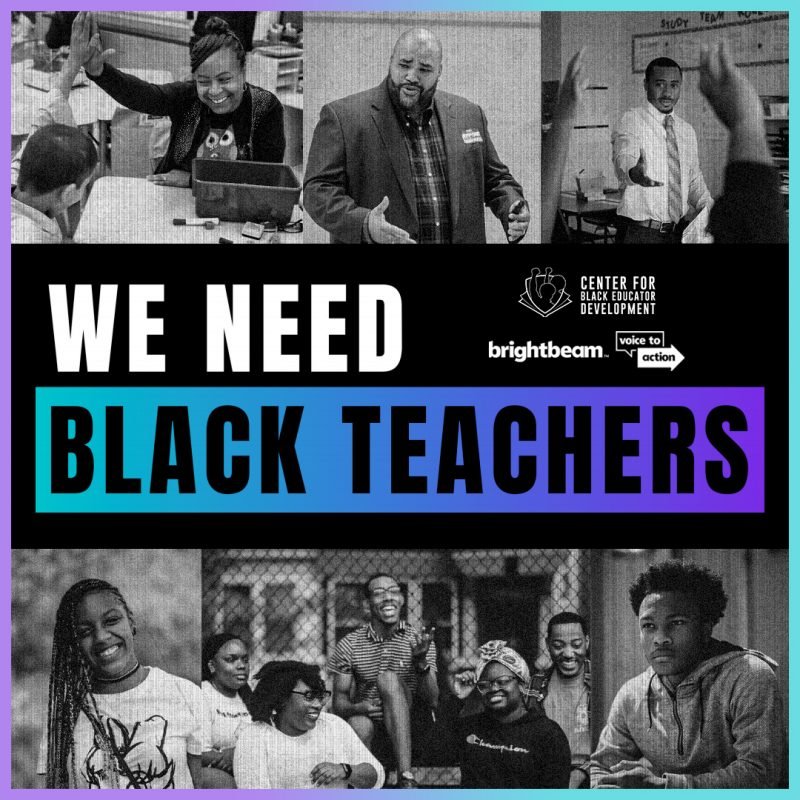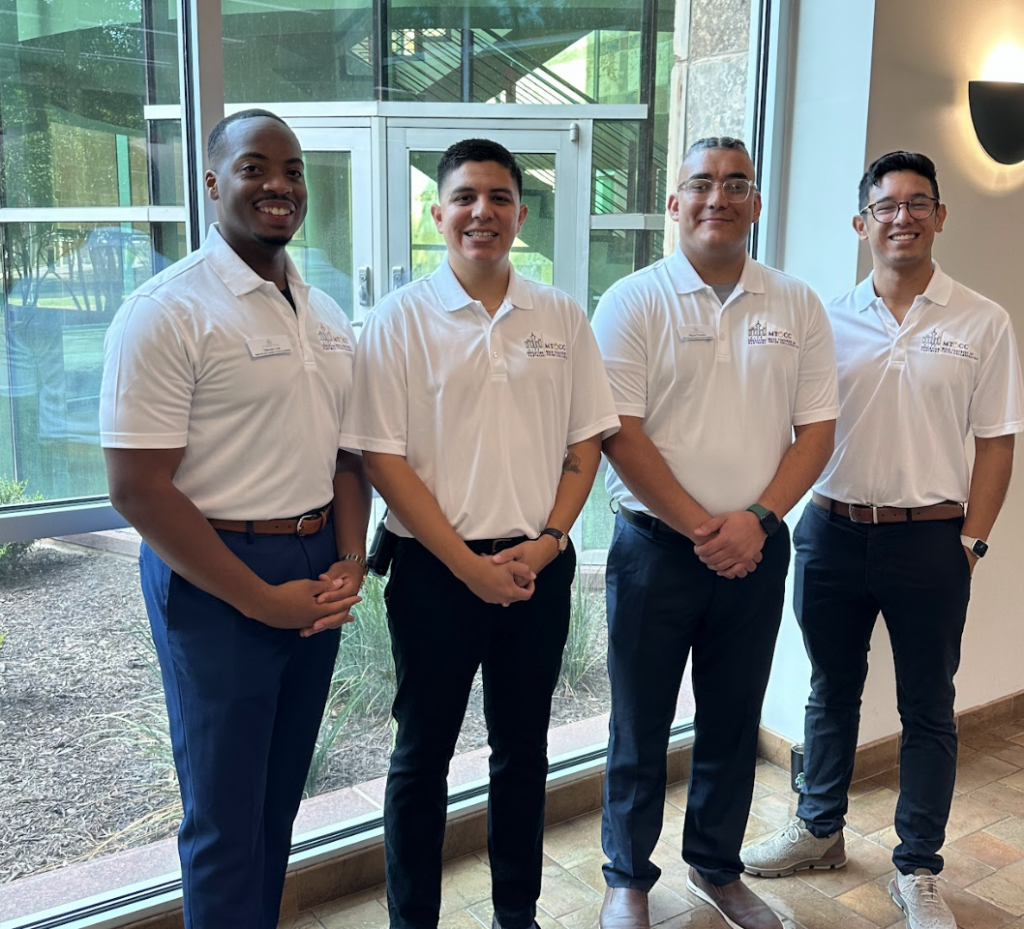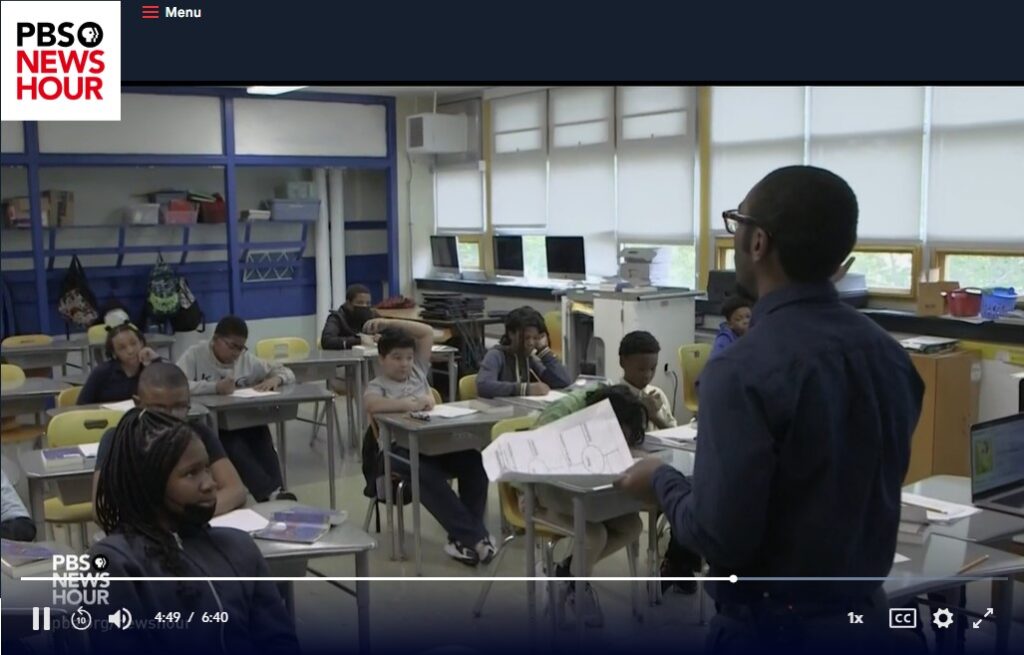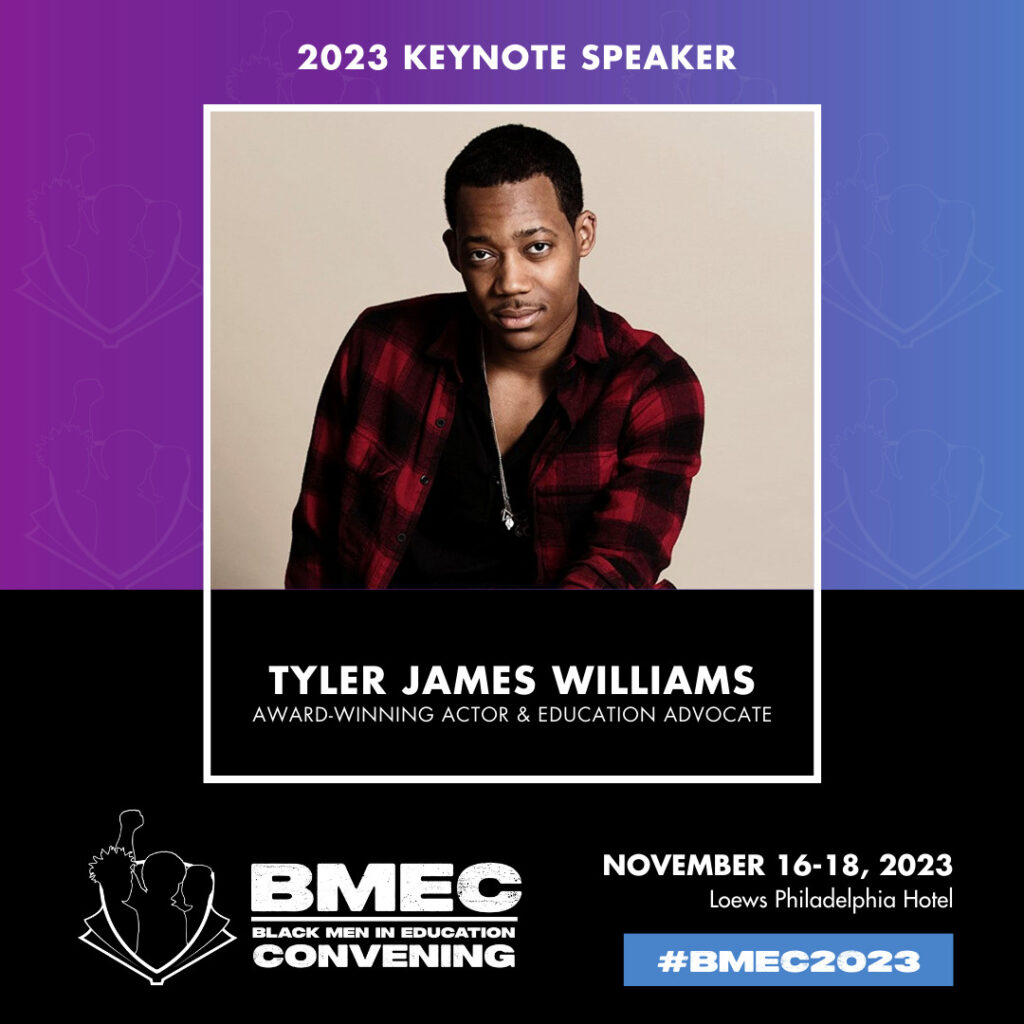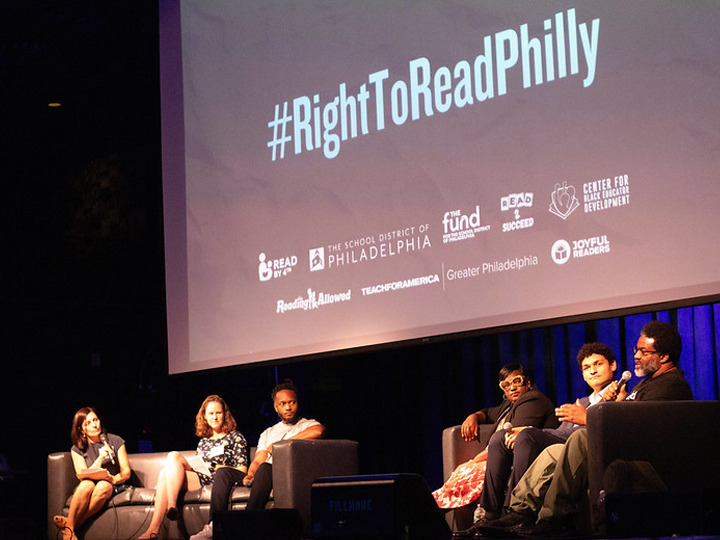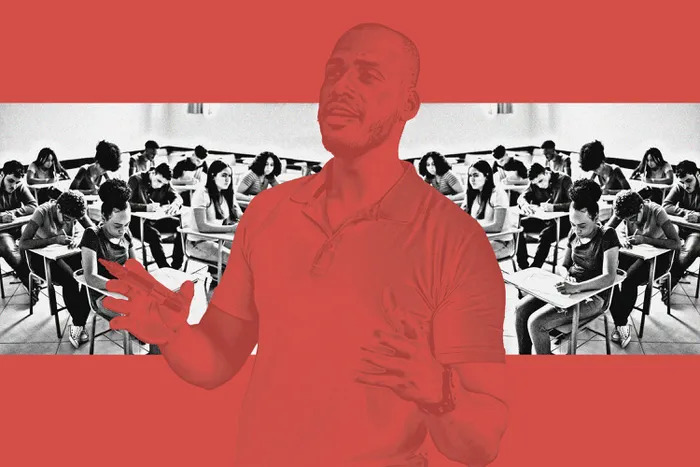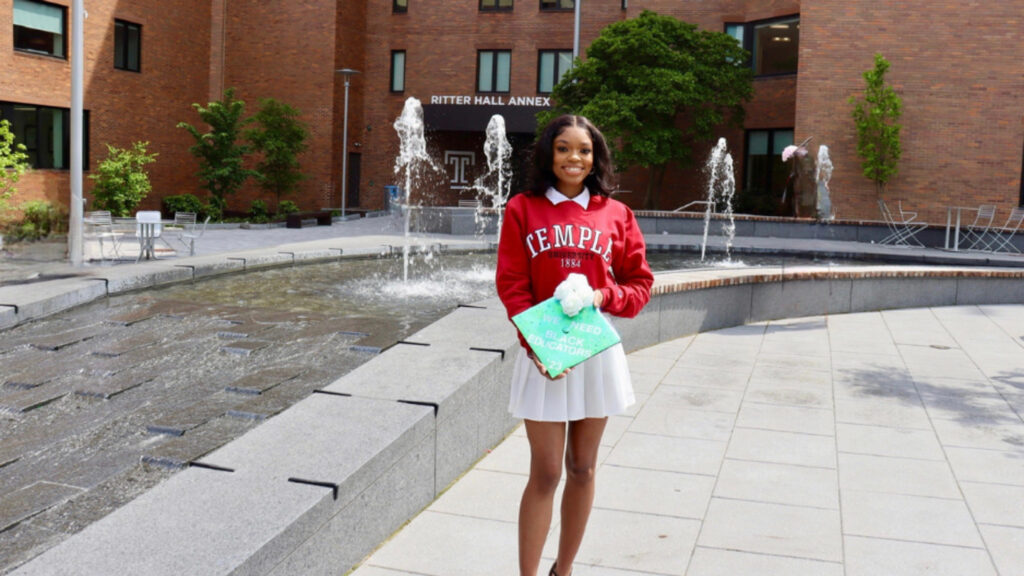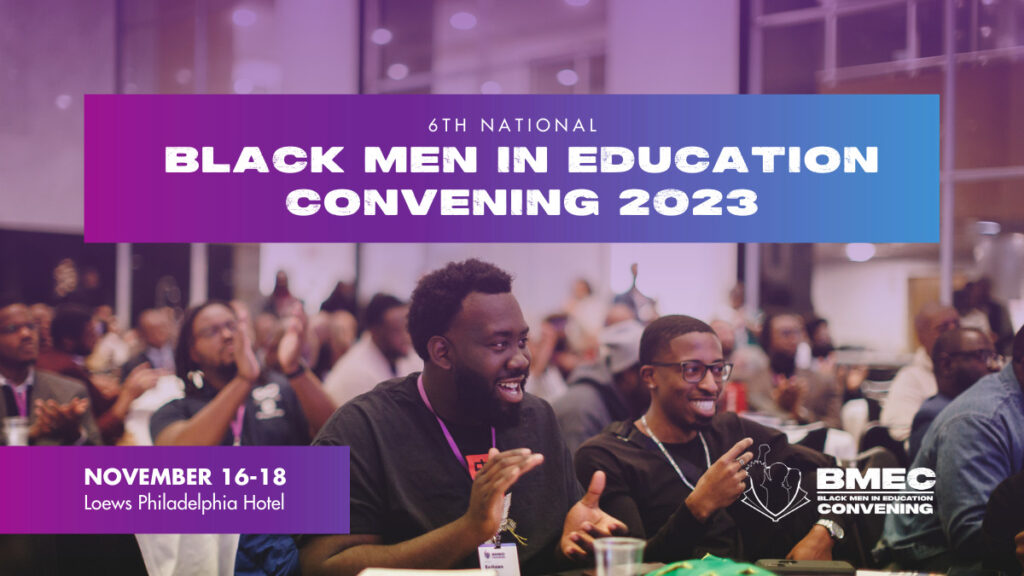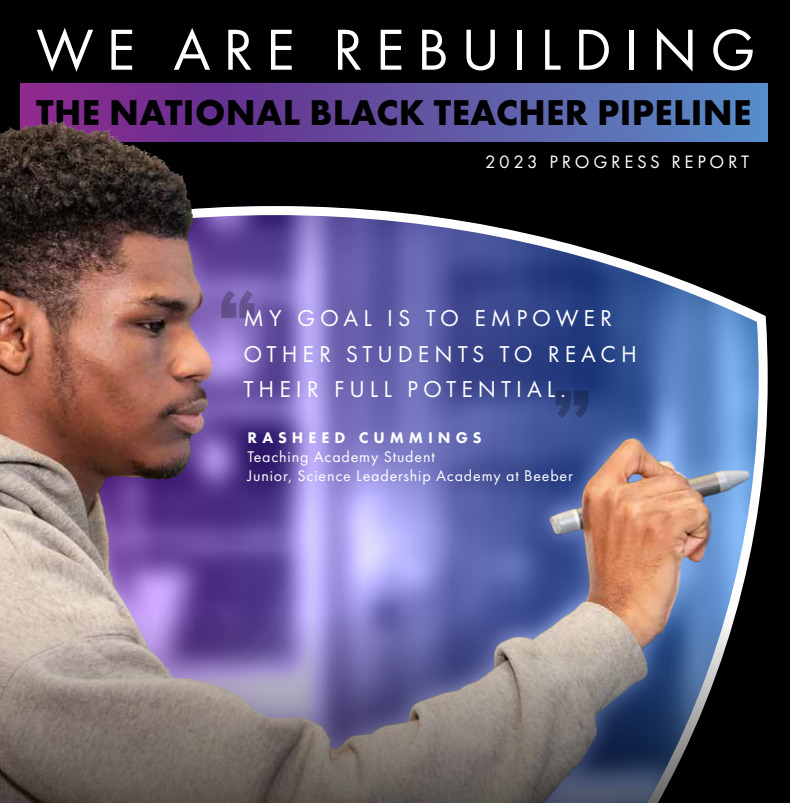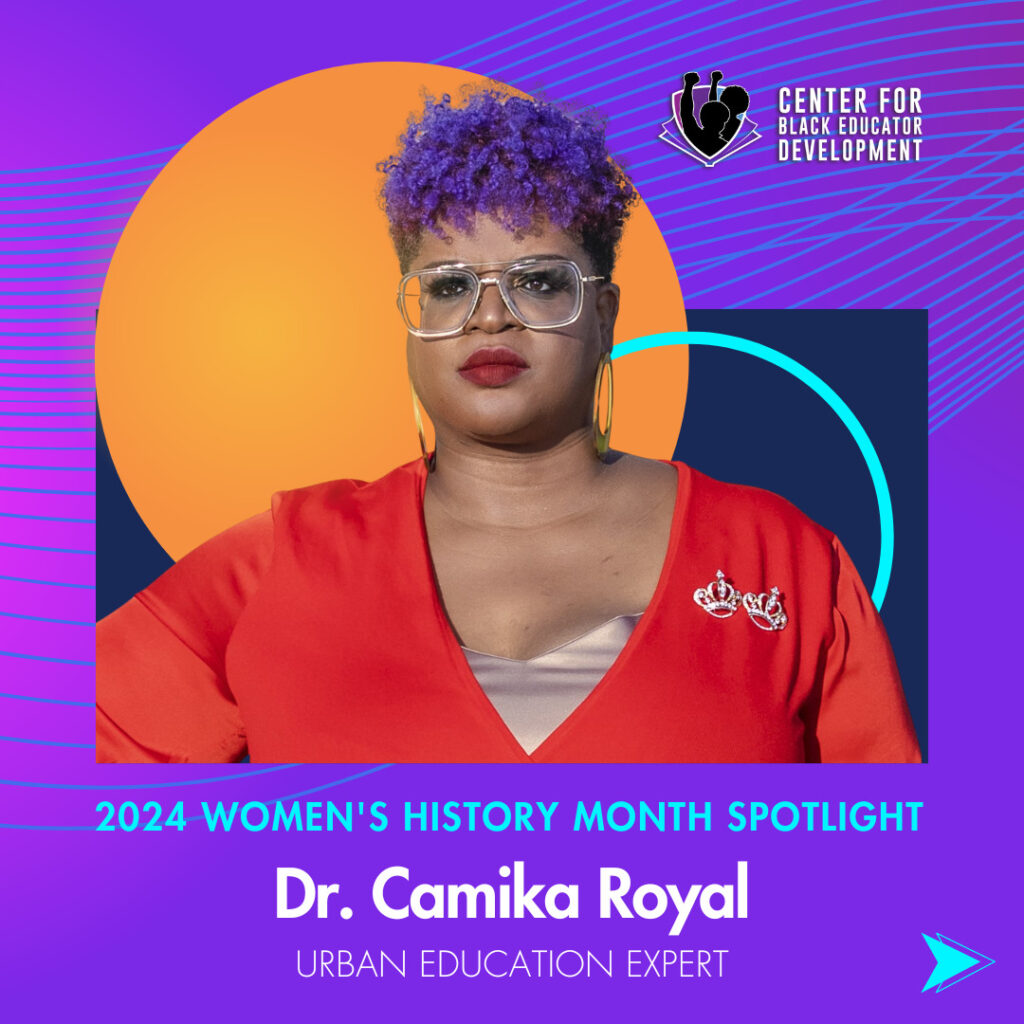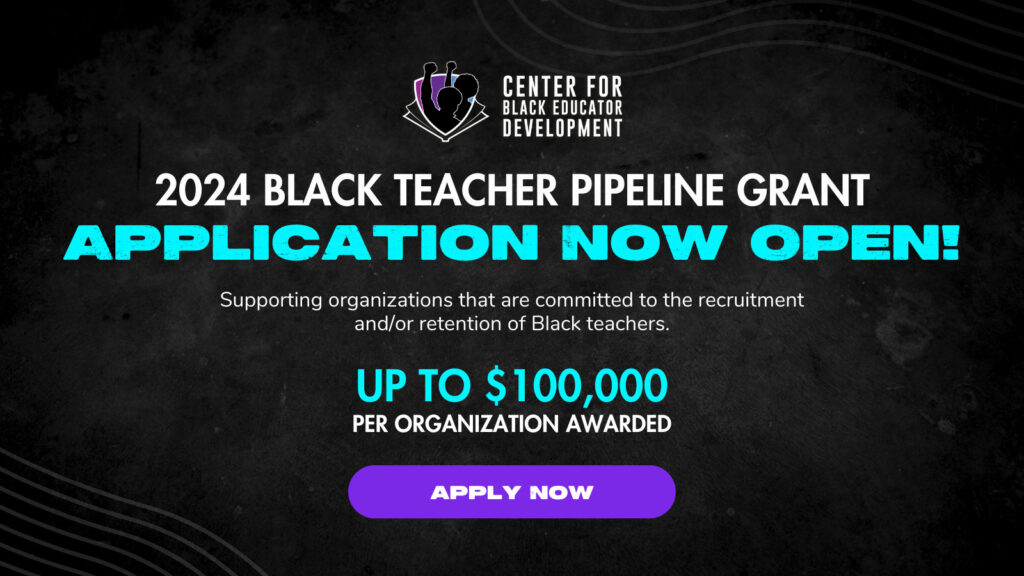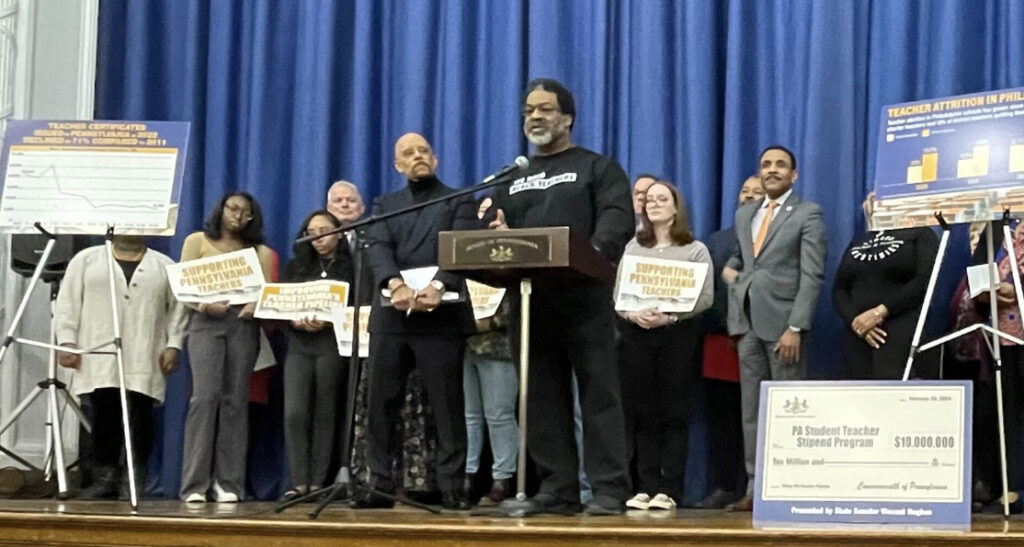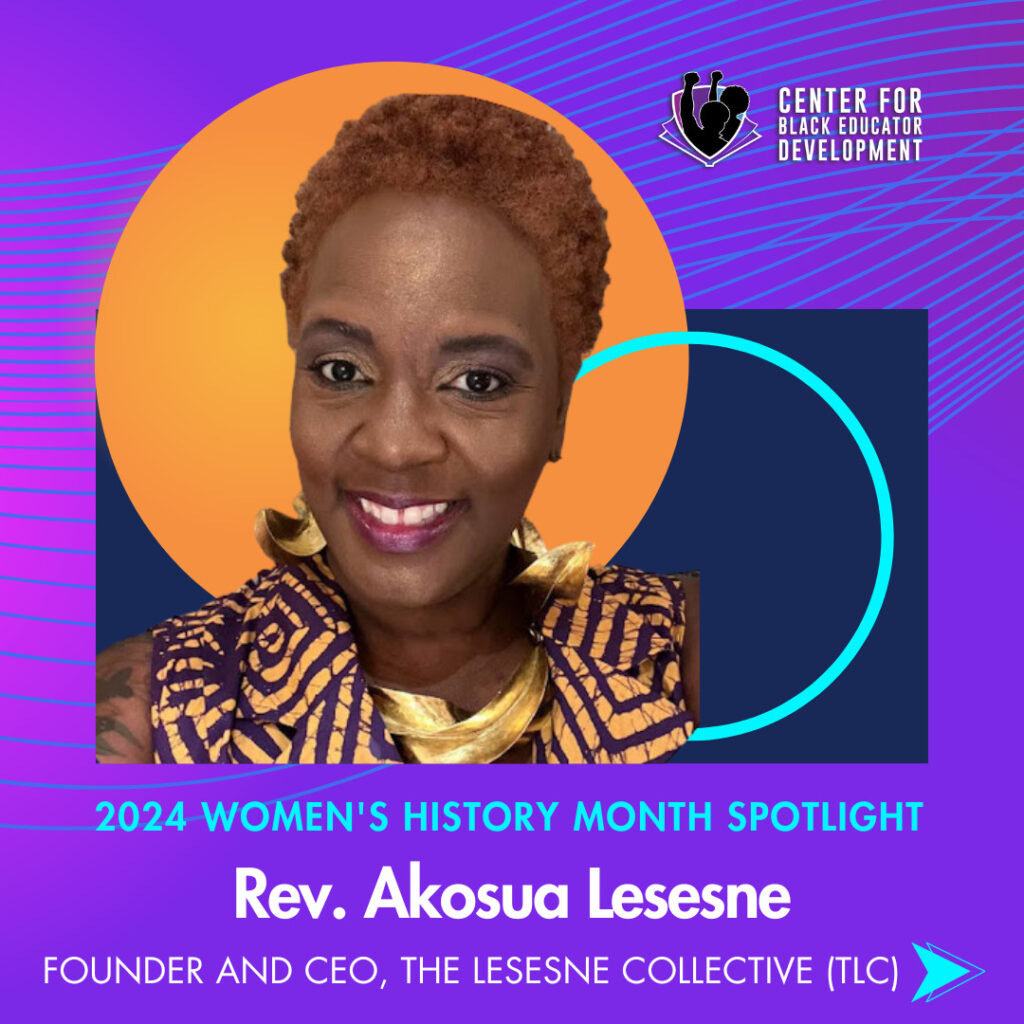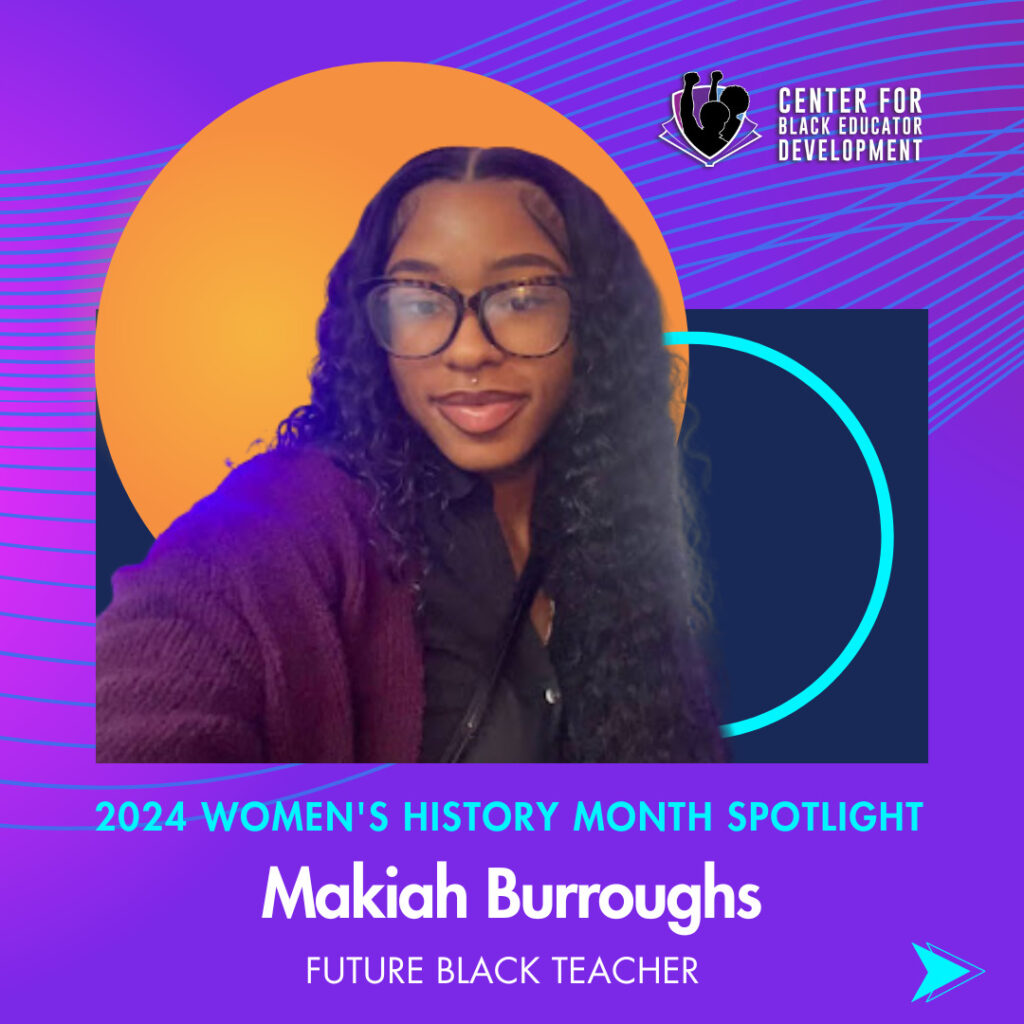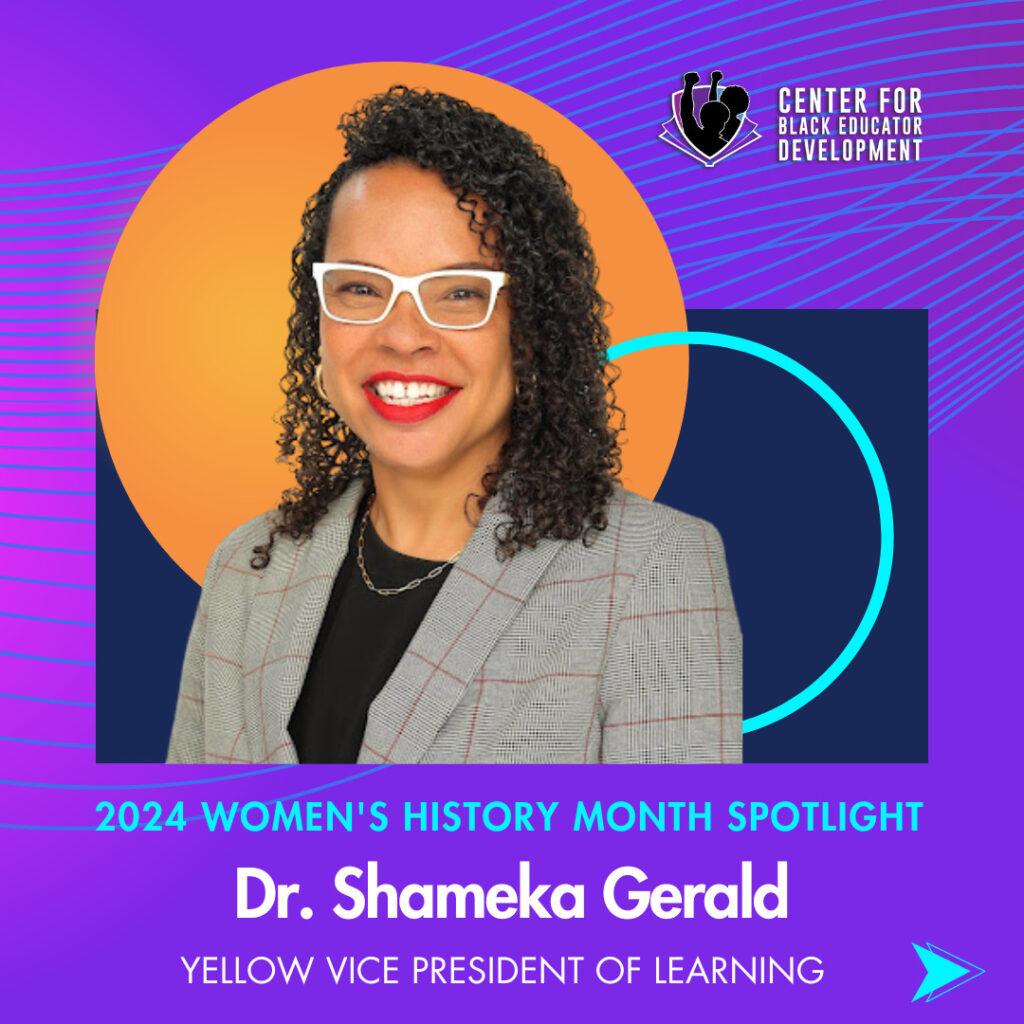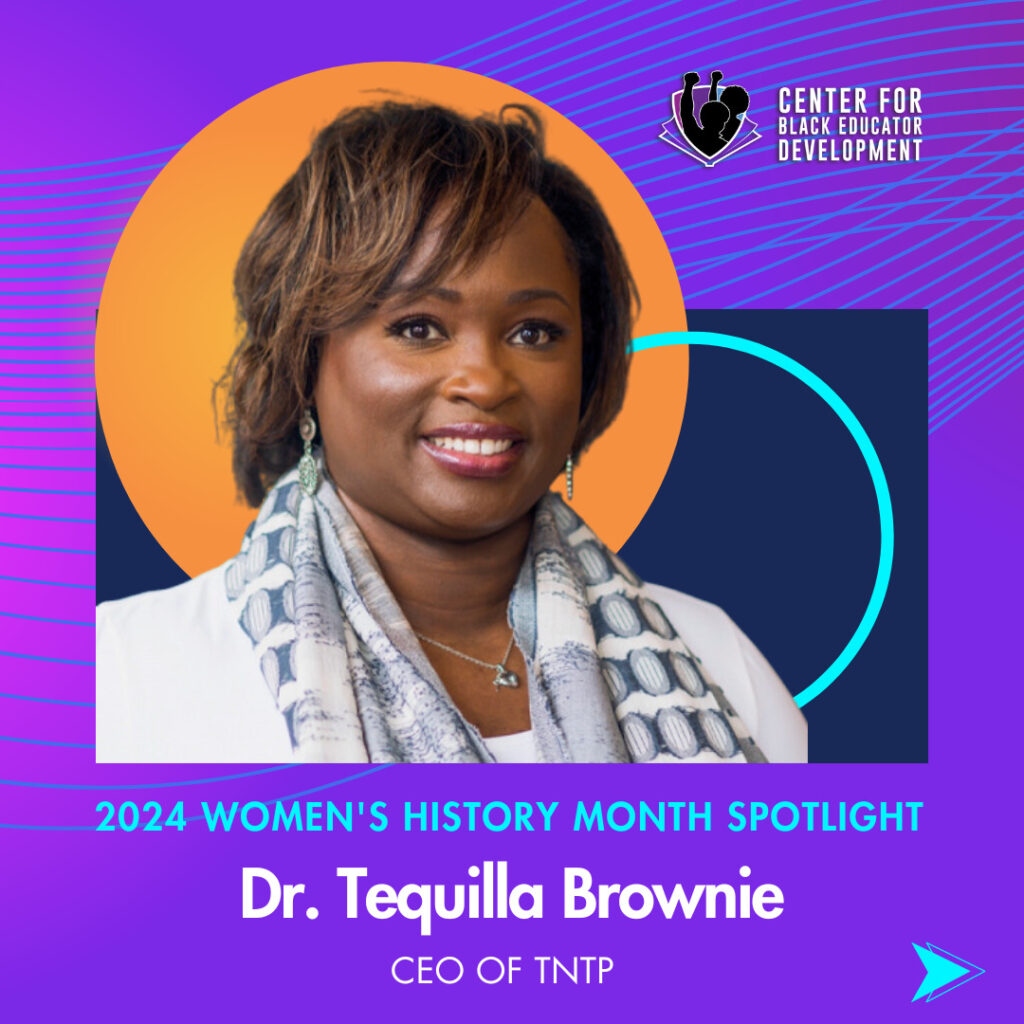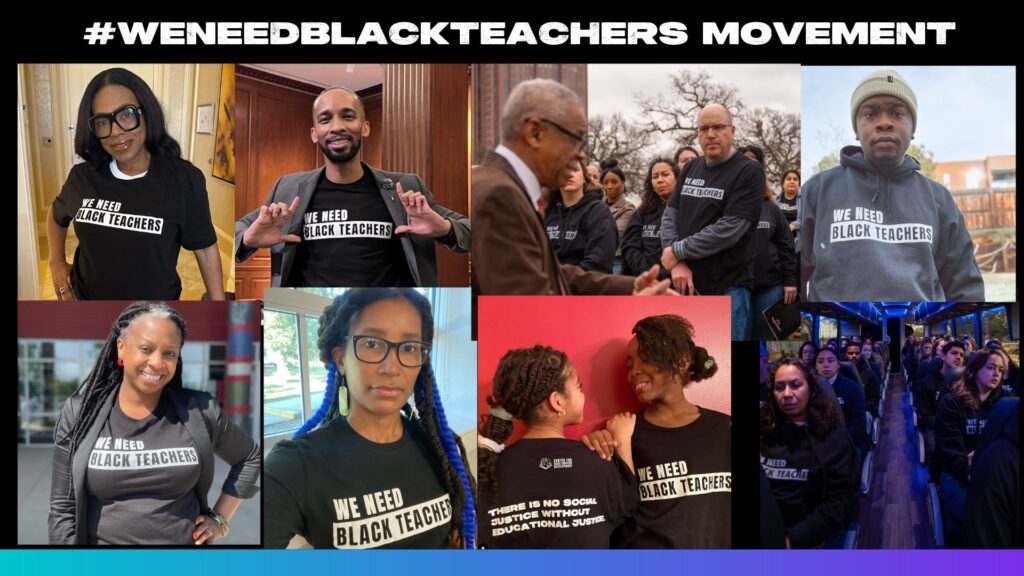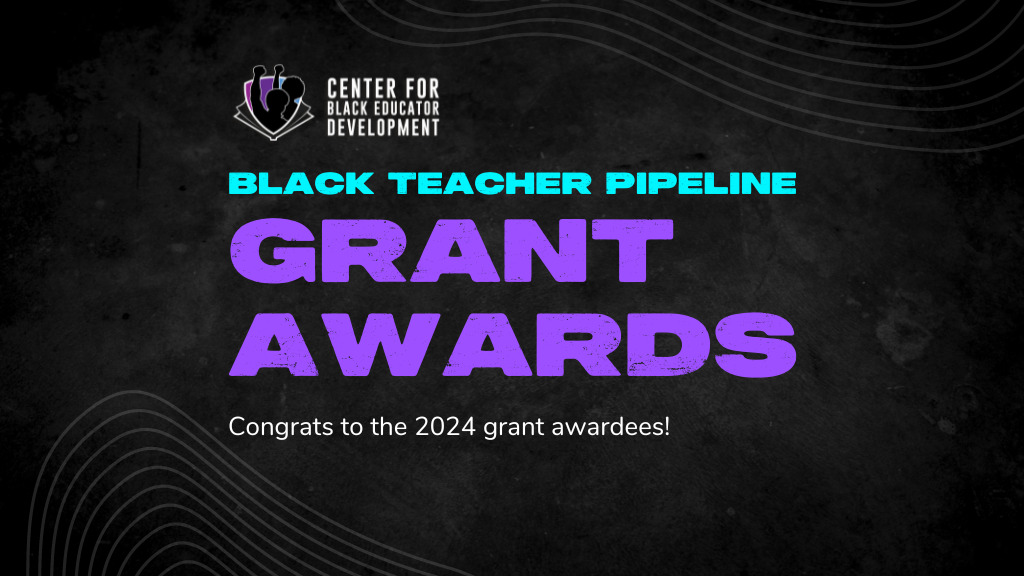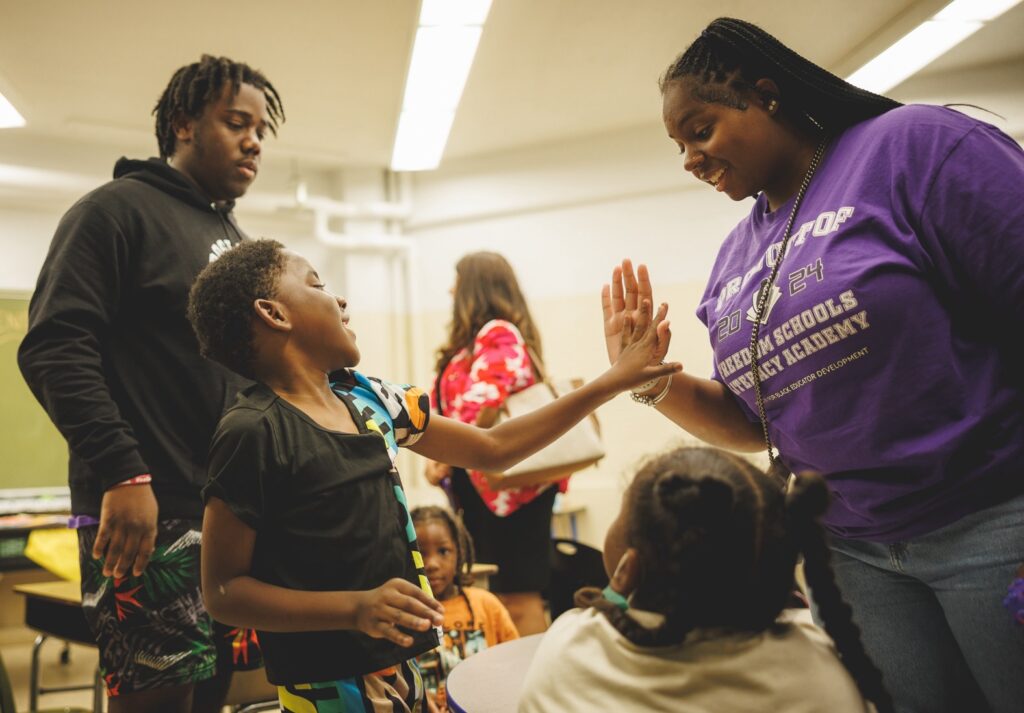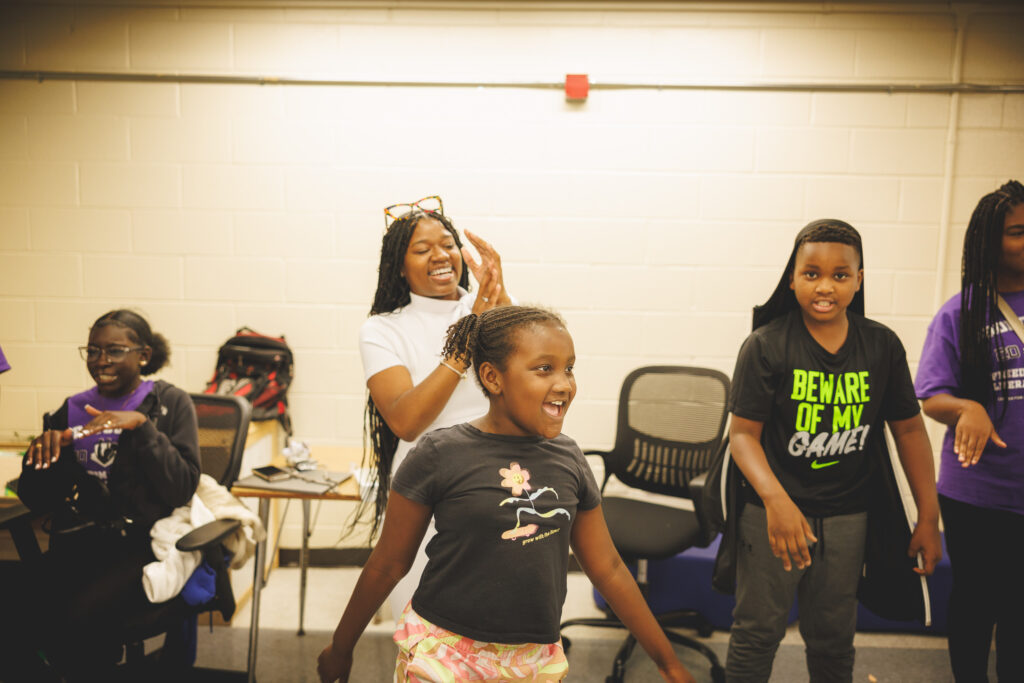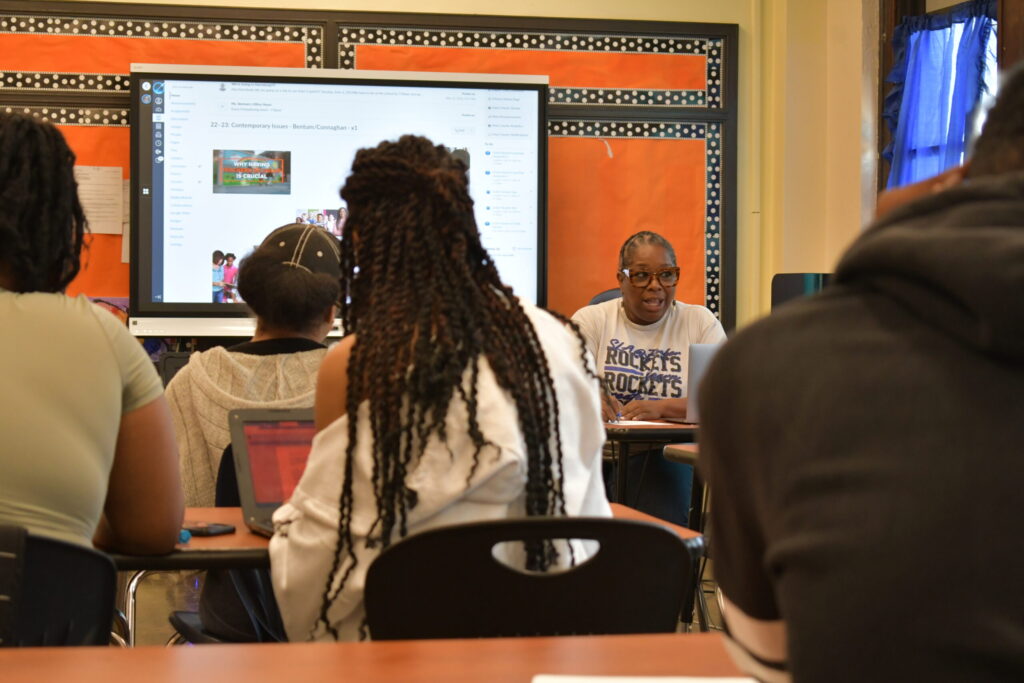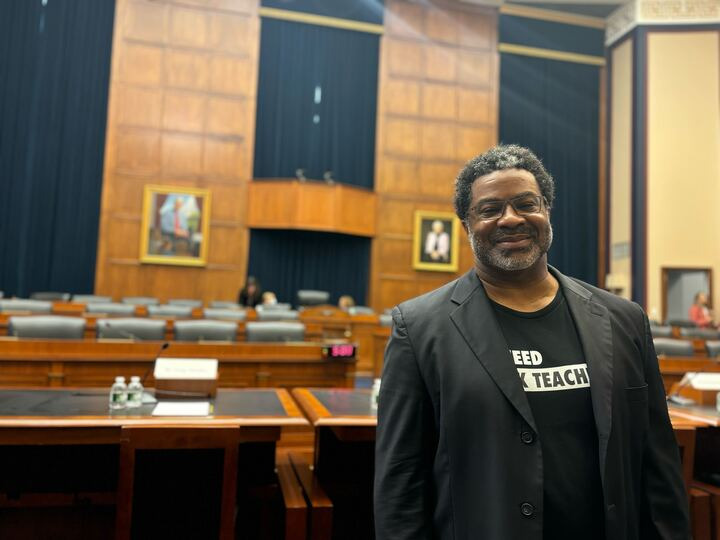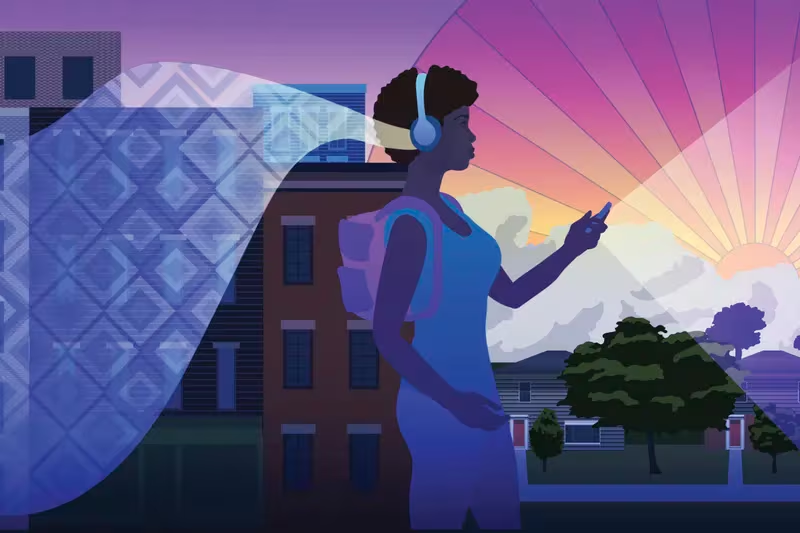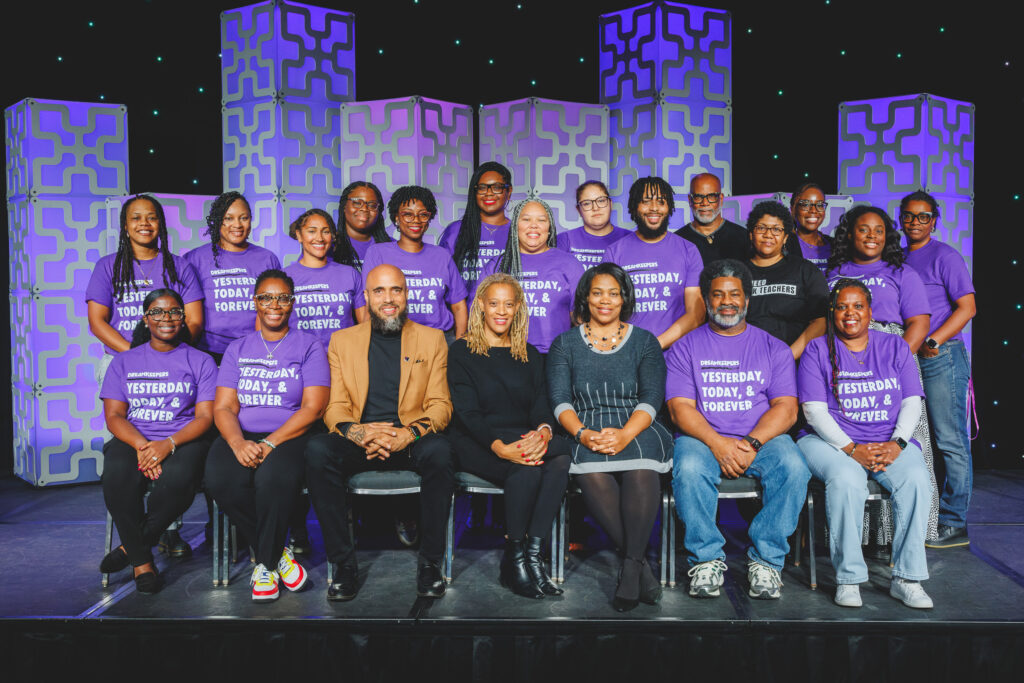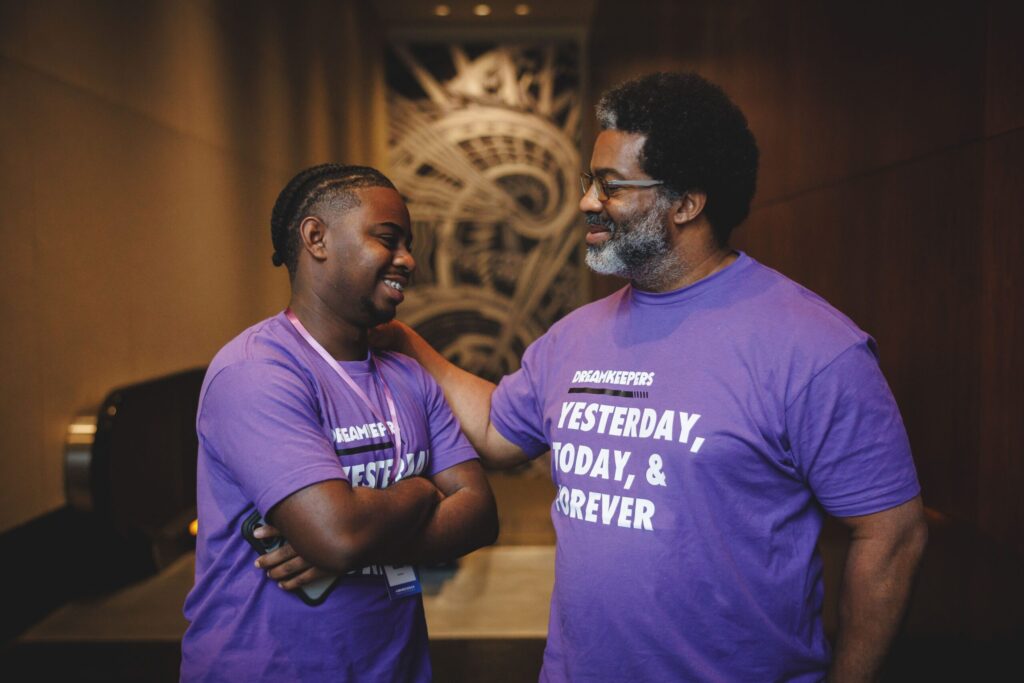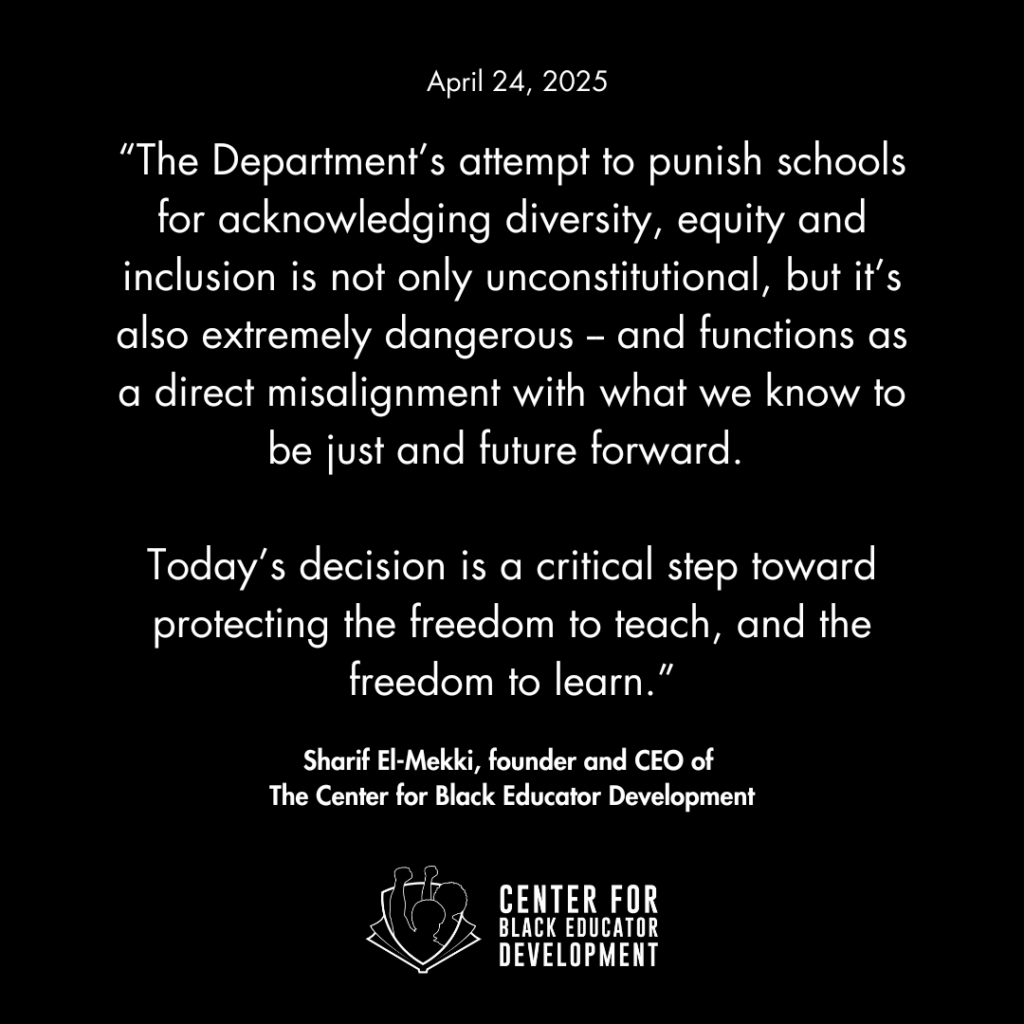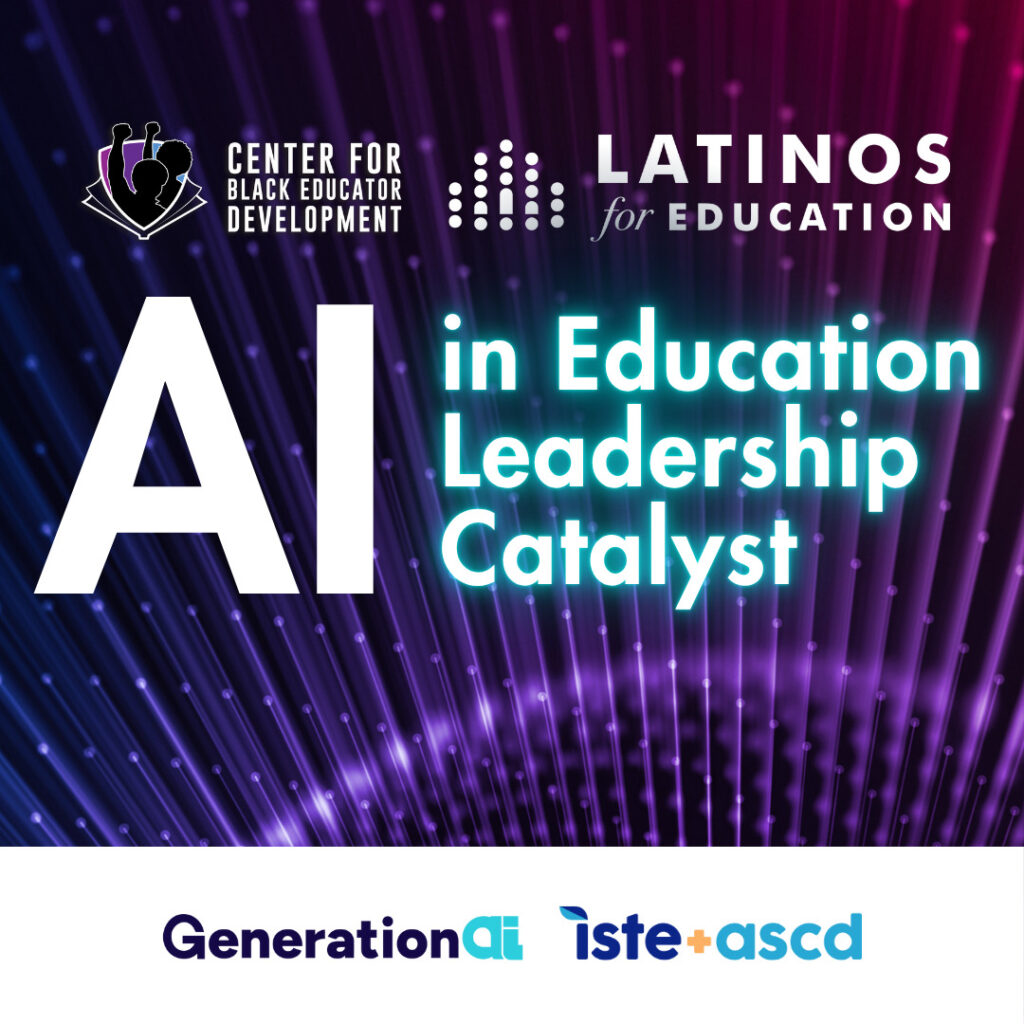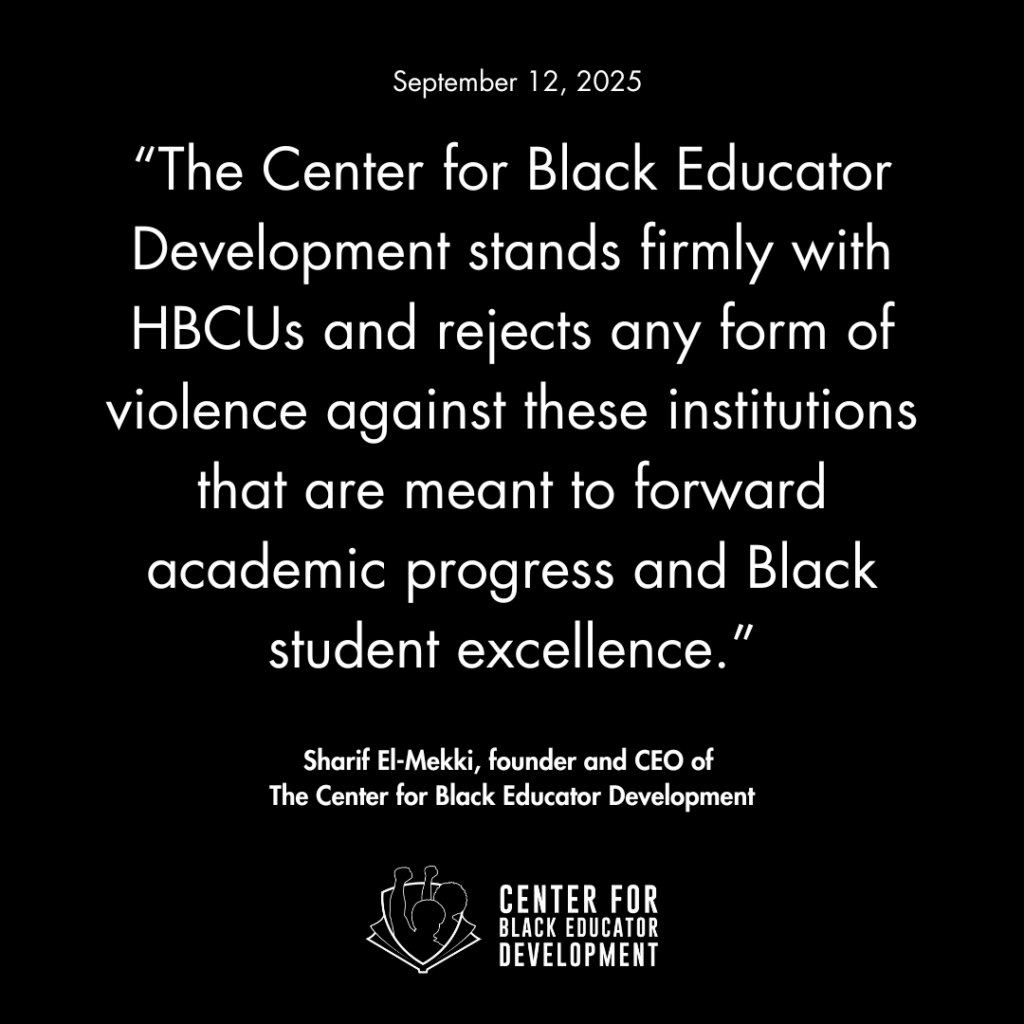Q&A: Lessons from a Decade of Battling Racial Inequity in the K-12 Workforce

District heads, funders are moving onto other priorities, but not focusing on educator diversity will impact generations, says Surge Institute founder
By Marianna McMurdock for The74
By day, Carmita Semaan thinks of ways to keep people who look like her fulfilled in their jobs as educators and school leaders.
But at night, there is a lot keeping her up.
“It feels like perilous times,” she told The 74.
The philanthropic backing for the work to build up pipelines for more educators of color — which saw unprecedented support in the wake of George Floyd’s killing — is dwindling. And a generation of young people are being challenged to see education as a viable career, amid poor wages and political restrictions, said Semaan.
“A number of funds that were set aside specifically for diverse leaders and educators, those things are being sunset now,” said Semaan, who founded the Surge Institute in 2014 to provide leadership development opportunities for educators of color in several American cities.
“The wild enthusiasm that we saw for elevating and amplifying leaders of color and having them be thought leaders, those tones are becoming more muted.”
After nearly a decade supporting Latino, Asian, Native and Black leaders like herself thrive in higher level positions in districts nationwide, Semaan has witnessed ebbs and flows in public opinion, success and philanthropic priorities when it comes to diversifying the workforce.
In conversation with The 74, she reflected on the biggest challenges to bringing in more leaders of color, her personal experiences being discouraged from the field, and what’s at stake for the next generation without systemic change in recruitment and retention.
This interview has been edited for length and clarity.
Tell me about what you’ve been seeing, hearing, thinking. What is the state of diversifying teacher and leader pipelines right now?
It feels like perilous times.
In 2020, because of the combination of the pandemic and the racial reckoning post George Floyd, there was a lot of attention being paid, or at least lip service being given, to education equity. Regarding the need for not only creating pathways, but for retaining teachers and leaders of color. At the time, when people asked me a very similar question to the way you’re asking now, I would say I was cautiously optimistic.
The reason I was cautious is because I think that this work has to be movement work. And it felt like people were responding to a moment with all the right words. But if there’s not true belief that is grounding those words and activities, then when the next thing comes, it is very easy to pivot away from that.
I’m thinking about … the role that pay disparity and politics play, and how that weaves into the ability of teachers to do their job. Burnout from the past two and a half years is particularly impacting teachers of color. I think that those things should give us all pause, and cause us all to question whether that bump of interest and commitment and urgency post George Floyd, if that somehow lost its luster.
People have felt that they’ve checked some boxes and are now moving on, whether it be book banning or school boards and fighting for seats.
Could we spend a moment thinking through the barriers to your work right now. What do you see as the largest challenges to diversifying the workforce? How have they changed since you founded Surge in 2014?
A lot of the challenges that are facing us in education, from teacher pay to student loan debt to politics that are making it really divisive and unsustainable, are all things that aren’t helping us in getting a new generation of leaders interested in seeing education as a viable professional opportunity. That is something that does make me lose sleep … I think about the number of people, especially first generation college goers, that are being told in their communities, by their families, and sometimes even in their schools, that if they want to be successful, have a living wage and a sense of freedom, that education isn’t the pathway for them.
Education is also policy, education is philanthropy. Education is curriculum writing. Education is graphic design, and using creative measures to contribute to student learning. We haven’t always done a great job of helping young people see how they can use all of their brilliance and abilities, because we’ve created such a narrow definition of what it means to be an educator. And I think that is something that becomes increasingly perilous with Gen Z, who are not the folks that are trying to be in one job for 30 years.
I also have a micro level concern. I’m just going to be honest with you as a CEO of an organization that does invest unapologetically in Black, brown, and AAPI leaders. We experienced some of the largest investments in our work that we’ve ever had post George Floyd, as people were really doubling down on this effort to invest in education, equity. But those things are waning, not just for Surge, but as I talk to peers within this work.
A number of funds that were set aside specifically for diverse leaders and educators, those things are being sunset now. The wild enthusiasm that we saw for elevating and amplifying leaders of color and having them be thought leaders, those tones are becoming more muted.
Why do you think that enthusiasm has gone away? Why do you think you’re seeing the availability of funders dwindle?
I think some [factors] are just externalities. Think about all the tech funding that supports education, philanthropy — tech has taken a big hit over the past 18 months. People have seen their actual balance sheets impacted. The reality is, a lot of folks have had to make tough calls about where we make cuts.
In some cases, while there may be this commitment to educational equity, it was often tacked on as a nice thing to do versus being integrated in the fabric of strategic priorities. It’s not surprising to me that issues of equity and diversity have been some of the first things cut when there’s a need to tighten purse strings. It never was really integrated in the thinking about the things that are really good at driving systemic change.
I also think that as human beings, we follow the shiny objects. As national discourse has changed, there’s been some natural shifting of attention. ‘Oh, yes, we now see many more organizations that are centered around leaders of color. We see a lot more people who are visible in leadership positions, so we can check that box and move on to the next.’ I don’t think that comes from a necessarily malicious place.
We’re nearing the 70th anniversary of Brown v. Board, which as you know resulted in a generation of Black leaders being purged from schools. Could you reflect on that impact? How might students be impacted by these kinds of disparities, if they continue as they have for the next seven decades?
I’m going to make this really personal. I’m 46, so I’m kind of squarely in the middle of that. The adults in my life when I was younger were those who lived through Jim Crow. I was very explicitly discouraged from taking on a role in education.
I was studying chemical engineering, and I had this epiphany. I had a scholarship, I’m doing really well. And I called my mom my junior year of college and said, I’m going to get this chemical engineering degree, but I know that I’m called to do something different with my life. I was talking in my 21-year-old wisdom about eradicating poverty, revitalizing urban neighborhoods and all this stuff. I grew up well below the poverty line, lived in projects and was homeless at some point in my childhood. My mom said, no, you’ve got to continue what you’re doing, you’ve got to get a good job as an engineer. ‘The best thing you can do for poor people is never be one of them again,’ was her wisdom to me at that time, which you can imagine, I thought was the worst thing in the world to say.
She was doing her best to prepare her child to live and thrive and live a life that offered opportunities that she couldn’t have imagined. That was 25 years ago, and those conversations are happening with young people now and are even intensified because of things that we’ve talked about earlier. You’re going to not be treated well, and you’re going to burn out, because you’re going to be expected to do all these other things. You’re not going to be treated as a professional. There’s going to be all of these politics that limit your ability to actually do what you think is really necessary for those that you serve.
When I think about what we are living in, it is disheartening. But what gives me hope is there are so many amazing organizations that are out there investing in our young people, our families, who have been underserved or overlooked. their organization like ours, and others that are investing in the current generation of leaders and senior leaders, to actually keep people in these positions, and keep the profession, you know, vibrant and thriving, and a place for innovation and ingenuity that doesn’t become stale, that actually welcomes people to bring the fullness of who they are their experiences, in ways that are going to improve and drive systemic change — those things are happening.
I just think there’s got to be even greater support of the types of work that we are doing to combat all of these other negative externalities that are really haunting me when I think about this next generation of young people entering the workforce. RelatedExpert: 69 years after Brown v Board, Enduring Inequalities at America’s Schools
And in this new phase, if you were to imagine a school system that was working toward a movement, as opposed to just responding to a moment, how would it look? Can you point to places that you know are more systematically changing the way they bring folks into the classroom and leadership?
I would be remiss if I didn’t point out Sharif El-Mekki in Philadelphia, who leads the Center for Black Educator Development. His work … aligns with this idea of a movement. Key is starting with young people and saying, Okay, if we want to recruit and retain folks, there has to be a multi-prong approach. Getting more young people and people from communities seeing roles in education as viable professional pathways is one part of that work.
How do you actually retain people in these roles, and create the conditions necessary for them to really thrive in these positions? A couple of things that immediately come to mind are first recognizing the different responsibilities that are often held by teachers, administrators and other leaders of color in education, that are frankly just different from their peers.
A number of folks we have in the Surge Network are Black male educators, who talk about no matter what their role is, they are often pulled into disciplinary experiences. People say, oh, you have good interactions with the students, so we want you to now take on this responsibility for the social and emotional welfare for young people, potentially young Black men. Which is fine. But if there’s not an acknowledgement that you are actually asking people to do a lot more than the one job that they are hired for, that leads to burnout and turnover. You’re asking people to shoulder, in addition to the intellectual aspects of their roles as educators, the emotional and mental burden of students and families because of their proximity to them.
When you have folks wearing all of these different hats, like the multilingual teacher who also has to translate for lots of other people in the school. These are often those unspoken responsibilities that our educators carry, without additional compensation … But what we heard and continue to hear is they also need the space for rejuvenation, real healing, rest and storytelling, to feel like ‘I’m not alone,’ which is something I think is invaluable and too often overlooked as a necessary component in creating greater sustainability in these roles.
If I were in a position at a system level, I would really be thinking about what are the things that are contributing to these roles feeling unsustainable for educators and leaders of color, and then getting to the heart of those matters. RelatedHow Schools and Programs Around the Country Are Making Teaching More Diverse
At Surge, you’re mentoring, coaching, creating community. Why is that kind of nurturing so important for leaders of color? And what are some approaches system leaders could consider in trying to get at those parts that aren’t necessarily a training workshop, for example?
We talk about our work at Surge as head, heart and spirit work. It’s why I sort of cringe when people say, ‘Oh, yes, you do leadership development, for educators of color.’ Yes, there is absolutely a part of that — we can’t say that we aspire for people to achieve and sustain themselves in senior and executive level roles without providing access to skills and knowledge that we know is required in order to thrive. But what’s been transformational in the experience of our fellows and alums that we hear time and time again, is this heart and spirit component.
There’s this myth that our people don’t want to lead a certain level, or that there is this hesitation. Those things are simply untrue … We start from a place of knowing who our people are, having a real asset- and strengths-based approach. We don’t minimize that heart and spirit work, we don’t see it as an add on, we see it as a necessary precursor to thriving in these roles.
We are often fighting a lot of other things, including systems that have told us that we have to be less of ourselves. Leave those things that actually make you richly and deeply connected and proximate to your students and their families. When I say it that plainly, it makes it pretty obvious how we could, you know, be creating situations that make people feel that they’re unsustainable, because they are having to operate in a place that doesn’t see them for who they are, and therefore can’t bring the best of themselves into spaces.
We believe that that community is necessary in order for people to sustain in this work in the long run. I’m a comic nerd. We dispel this individual superhero myth, and we recognize that it’s Justice League work. And in order to build real connection with other leaders, that can’t be about the transactional stuff, that’s got to be about who we are, what are the challenges that are unique to us.
Disclosure: The Chan Zuckerberg Initiative provides financial support to the Surge Institute and The 74.
Marianna McMurdock is a staff reporter at The 74.@marimcmurdockmarianna@the74million.org
